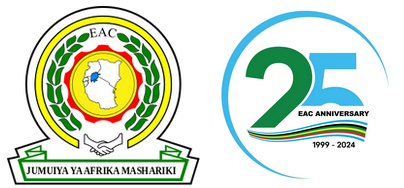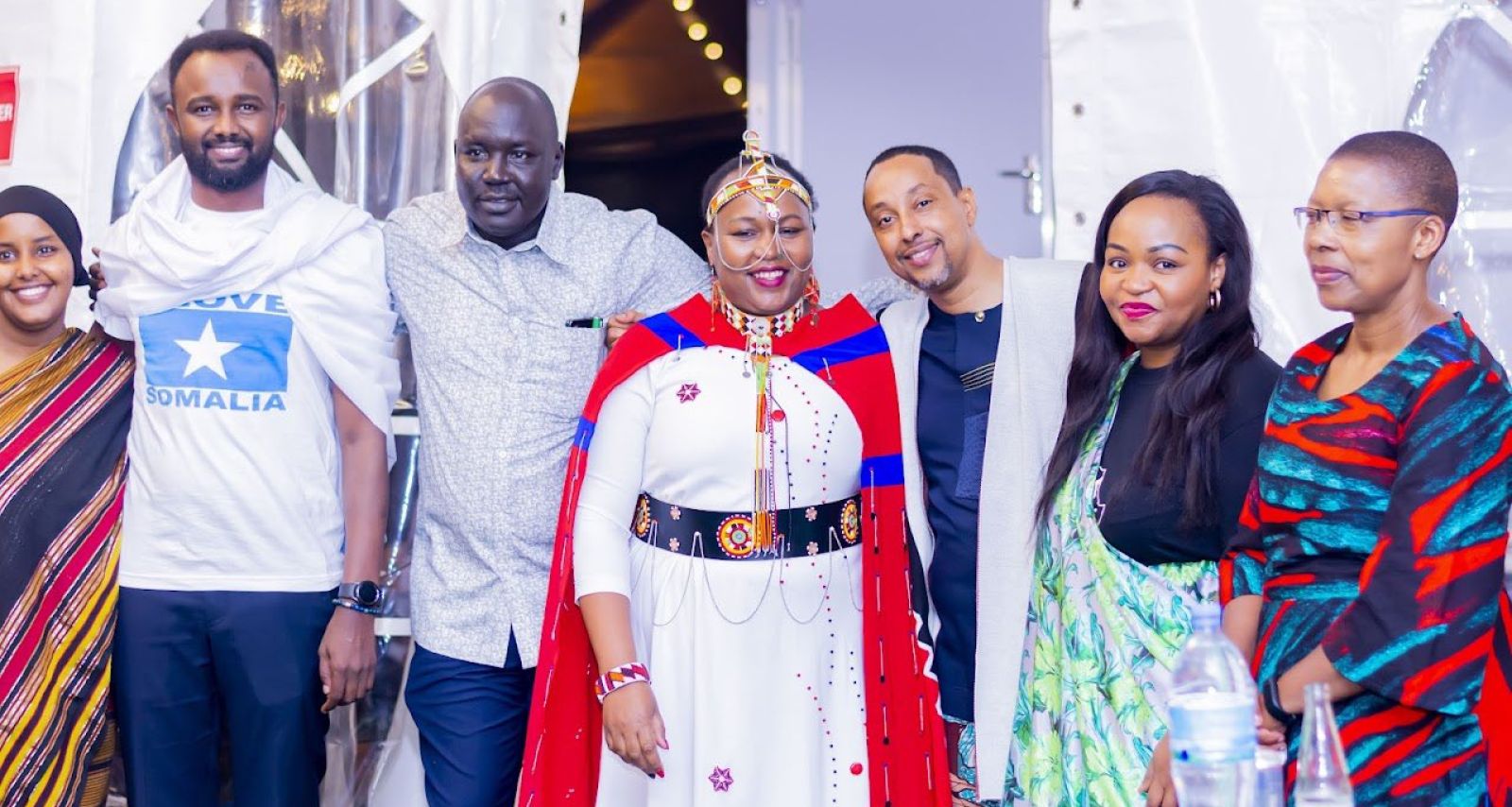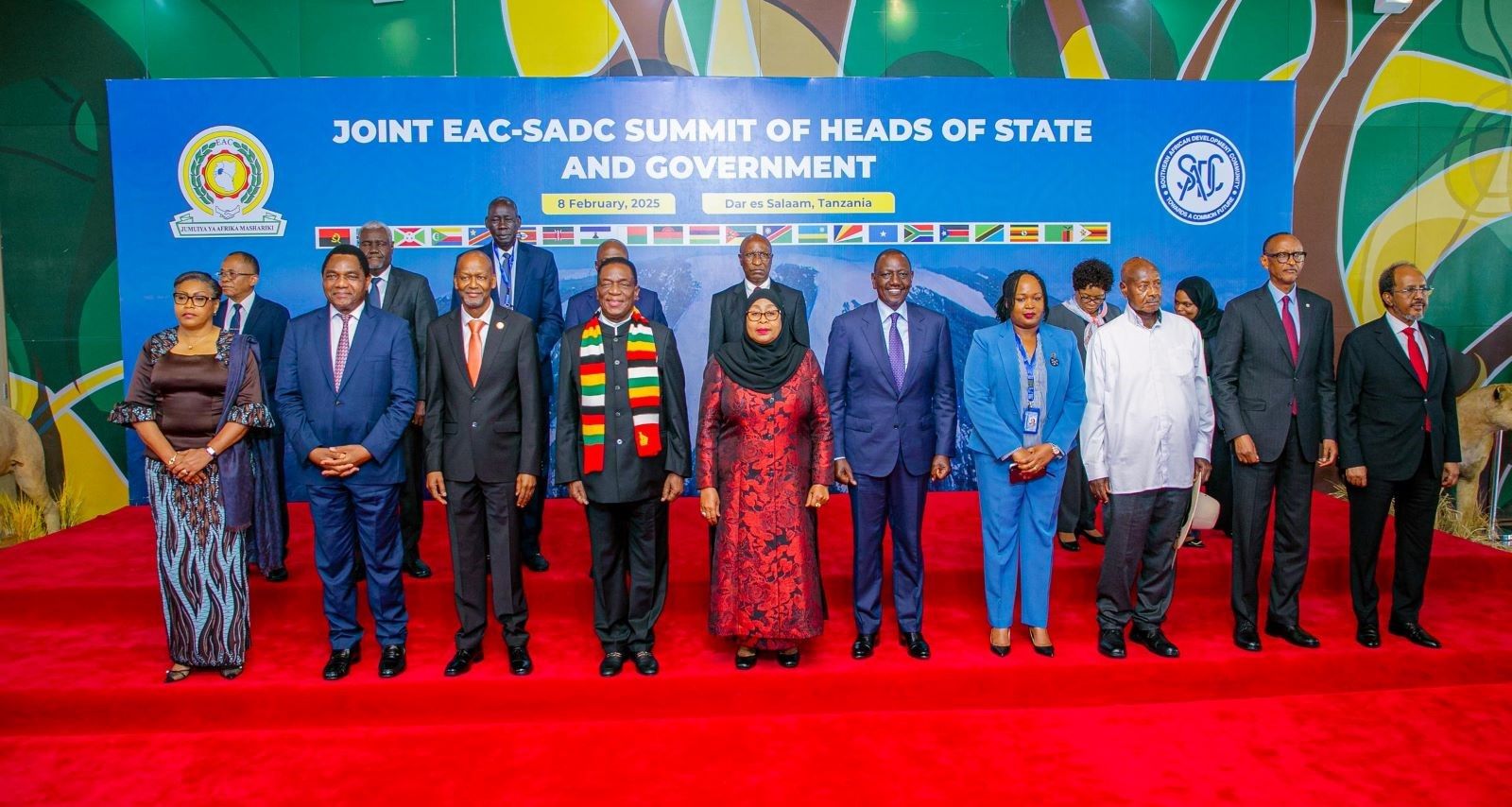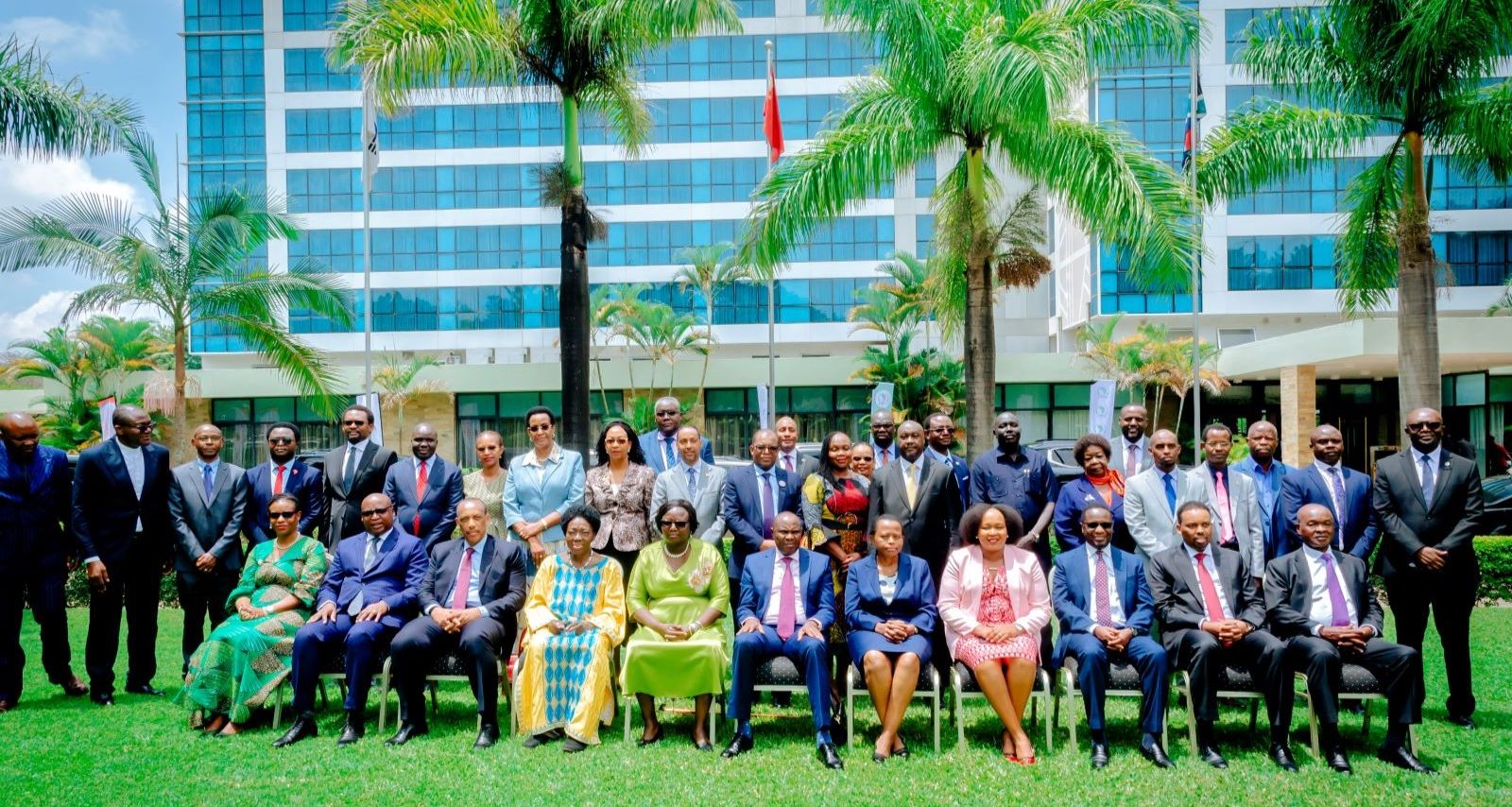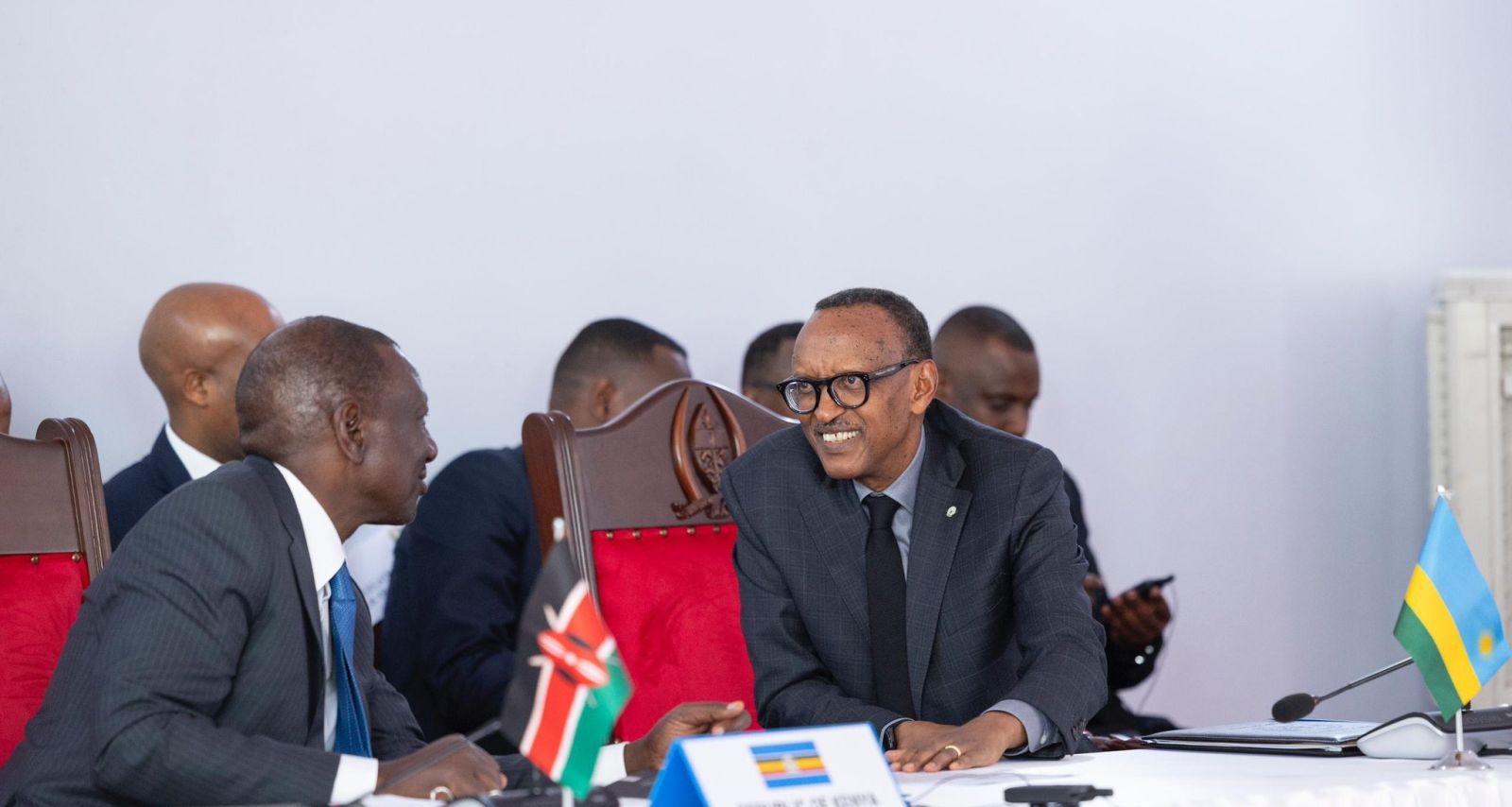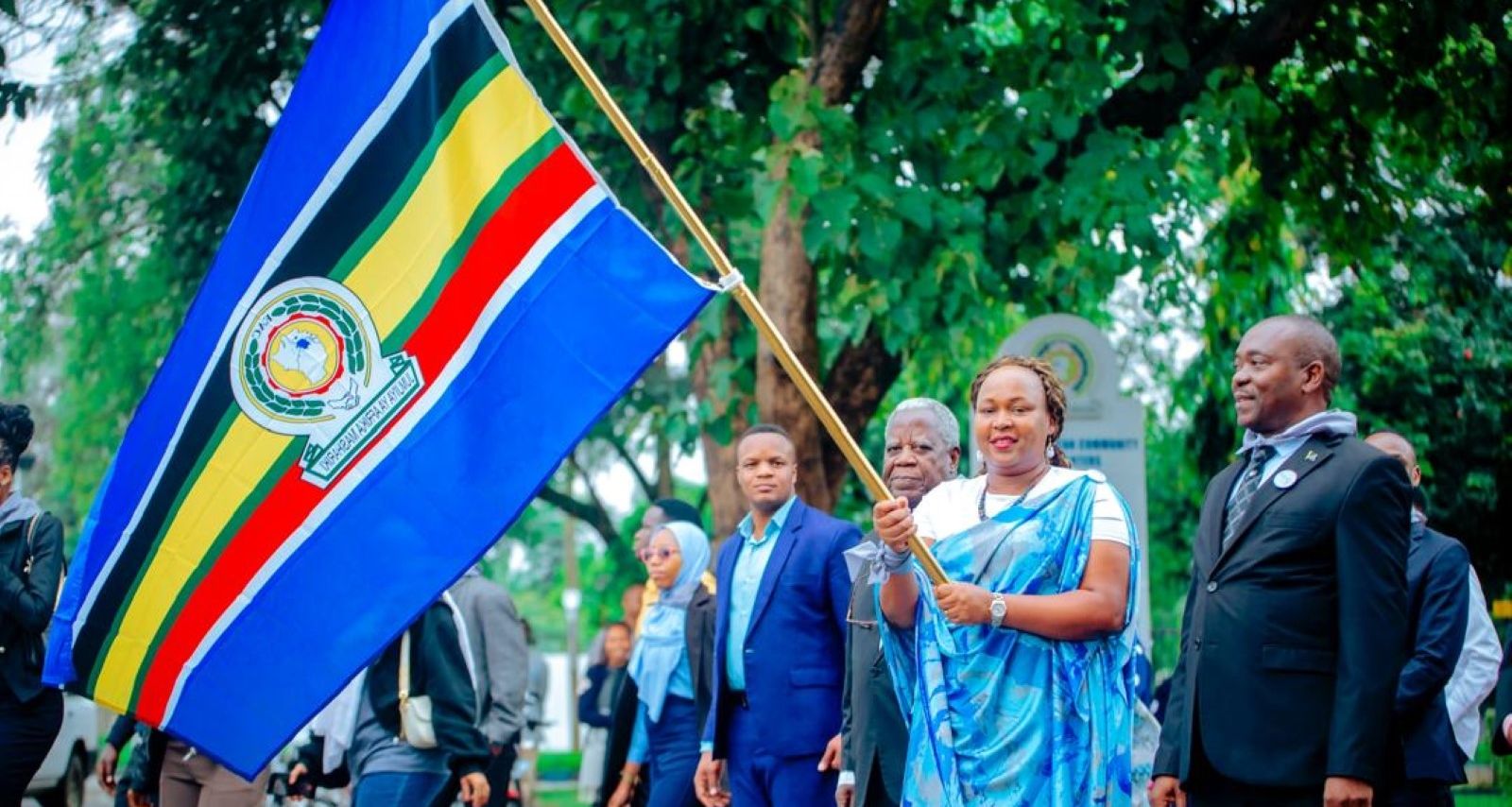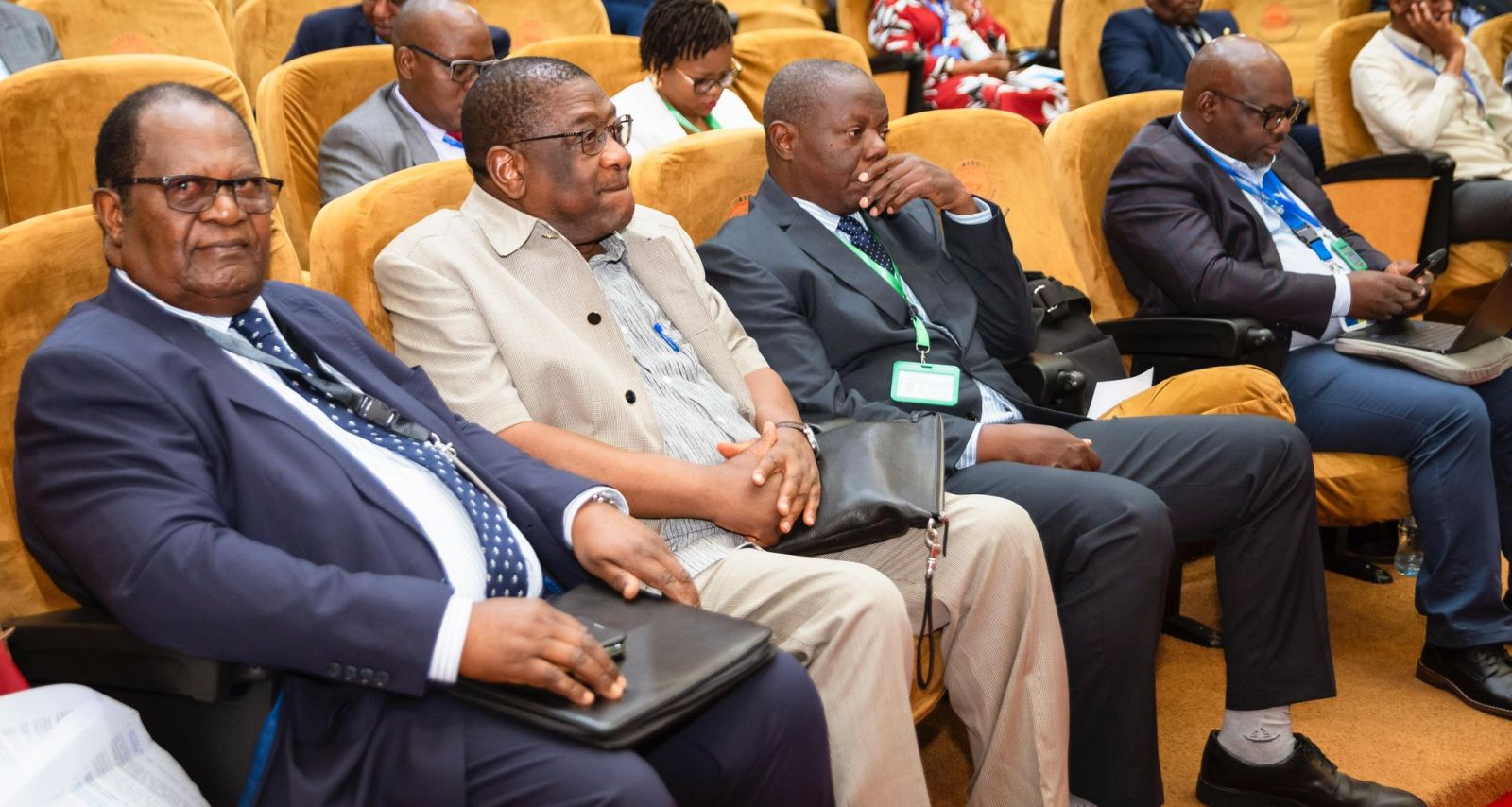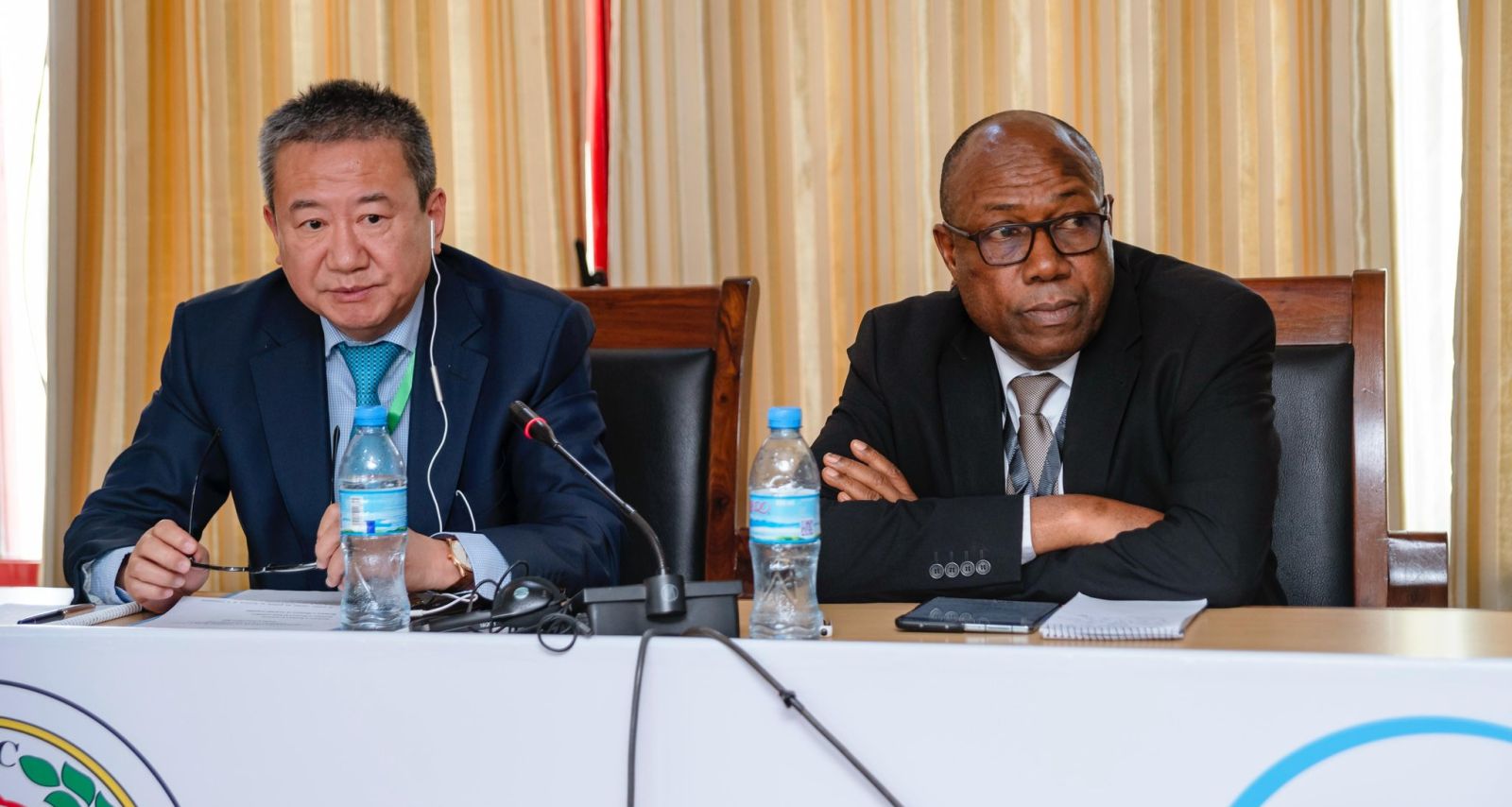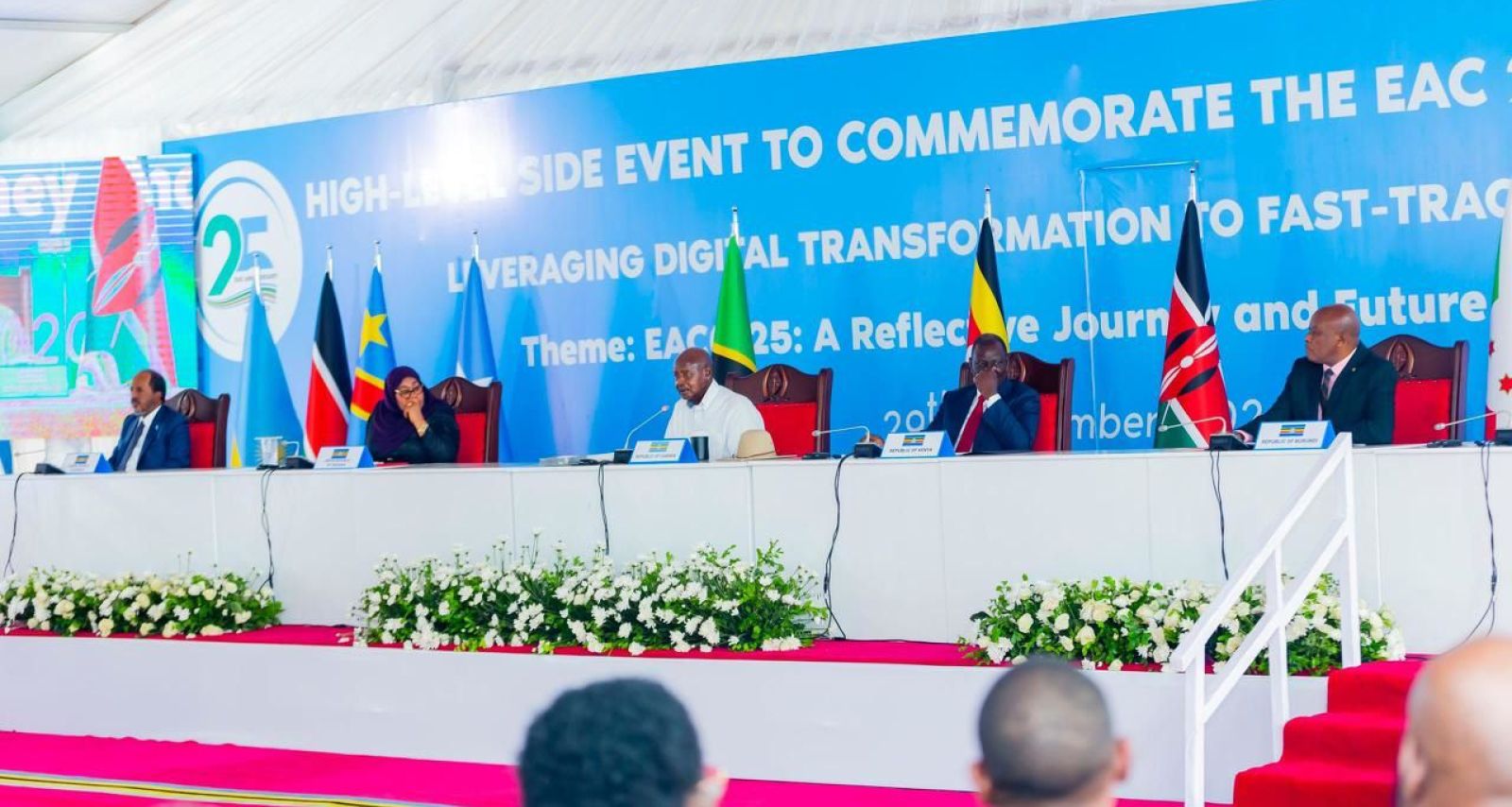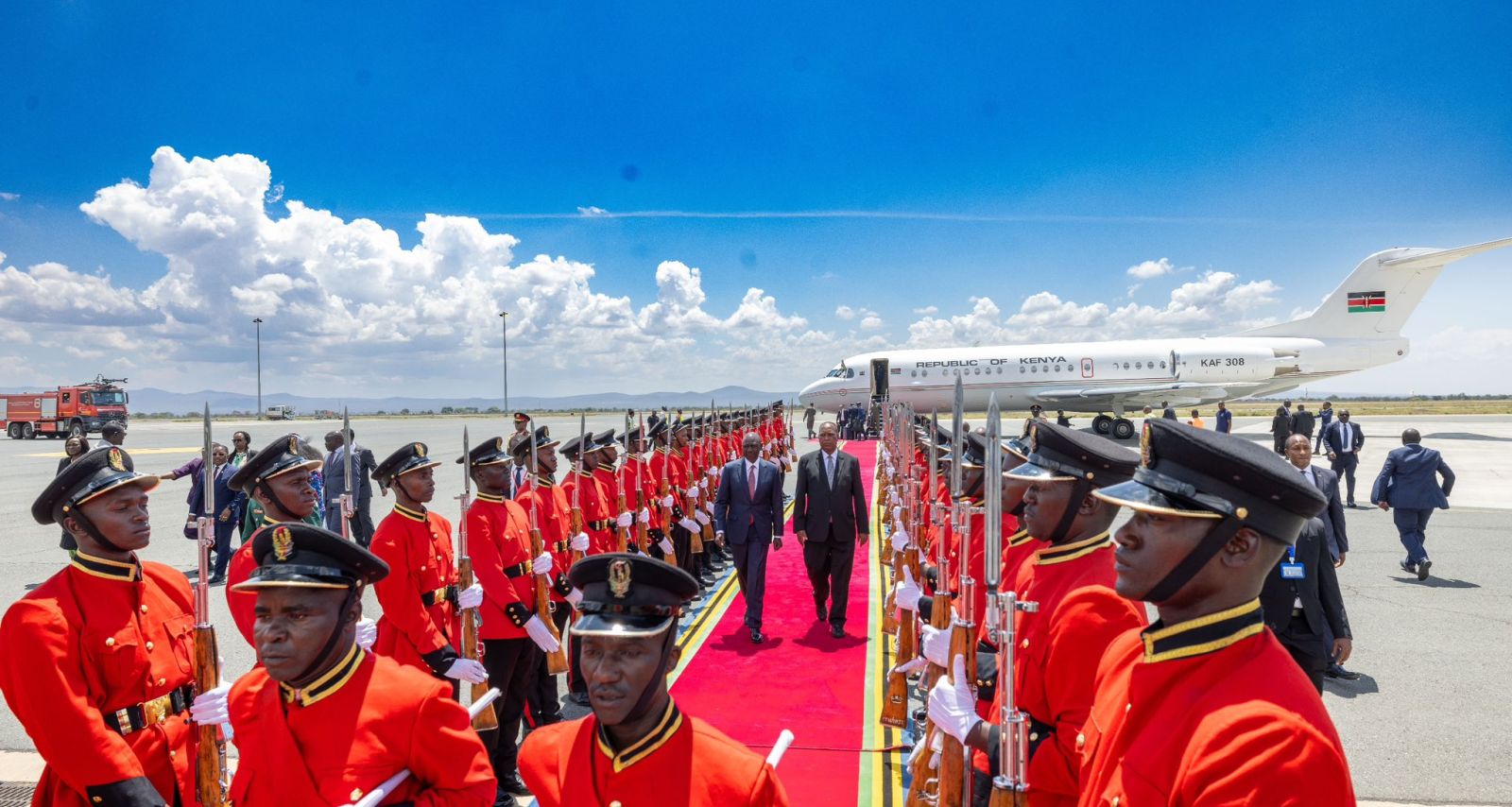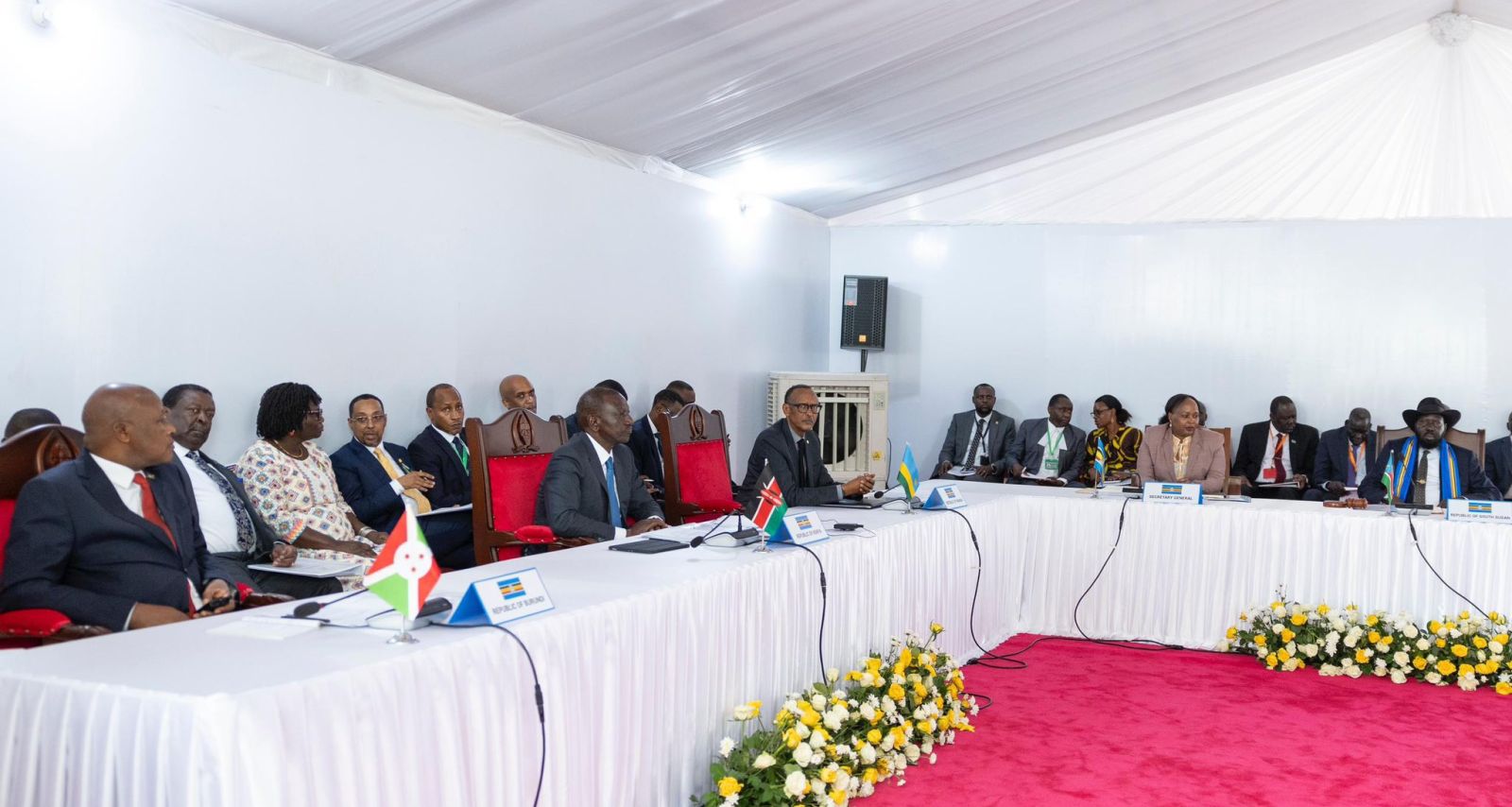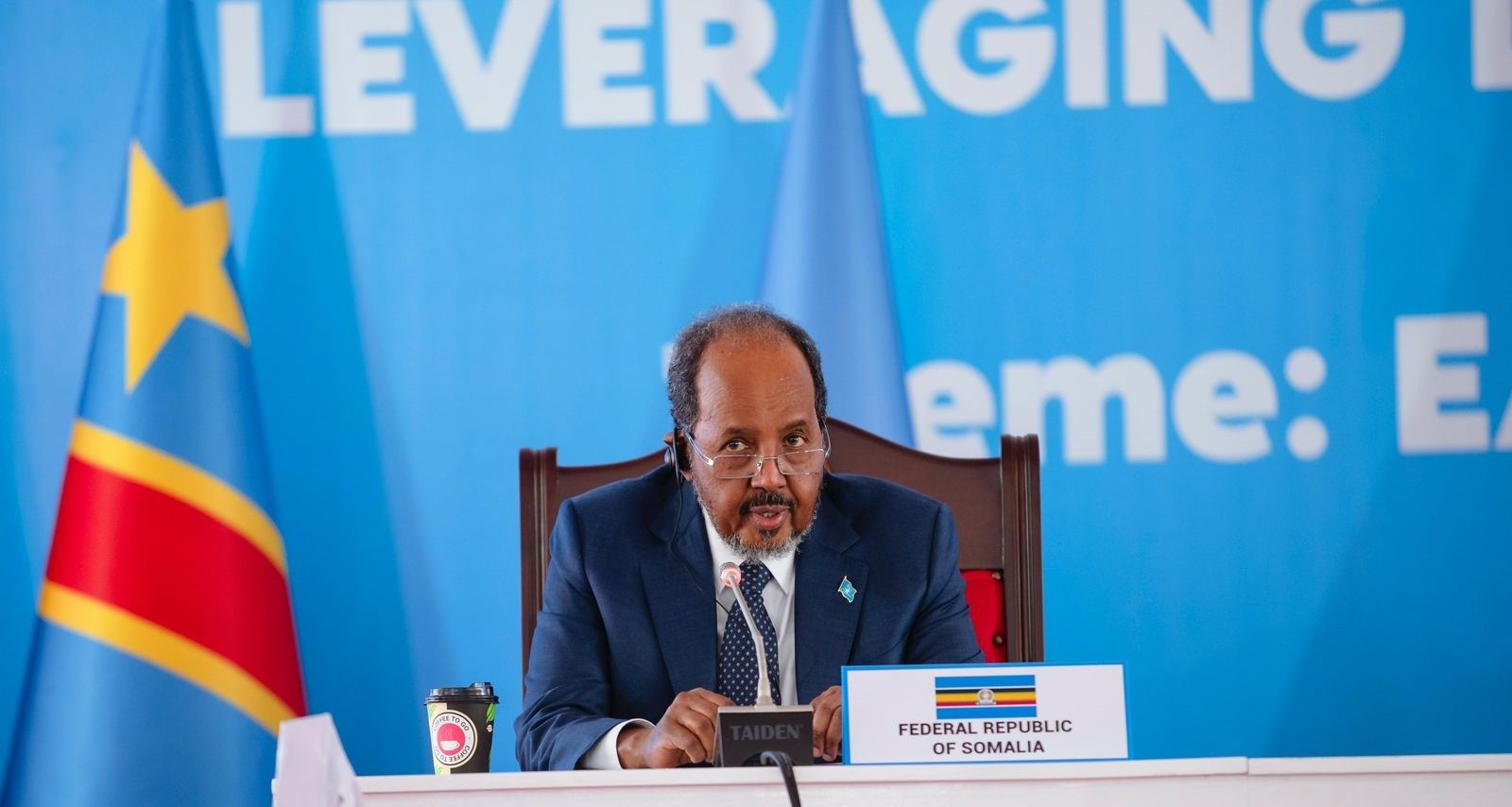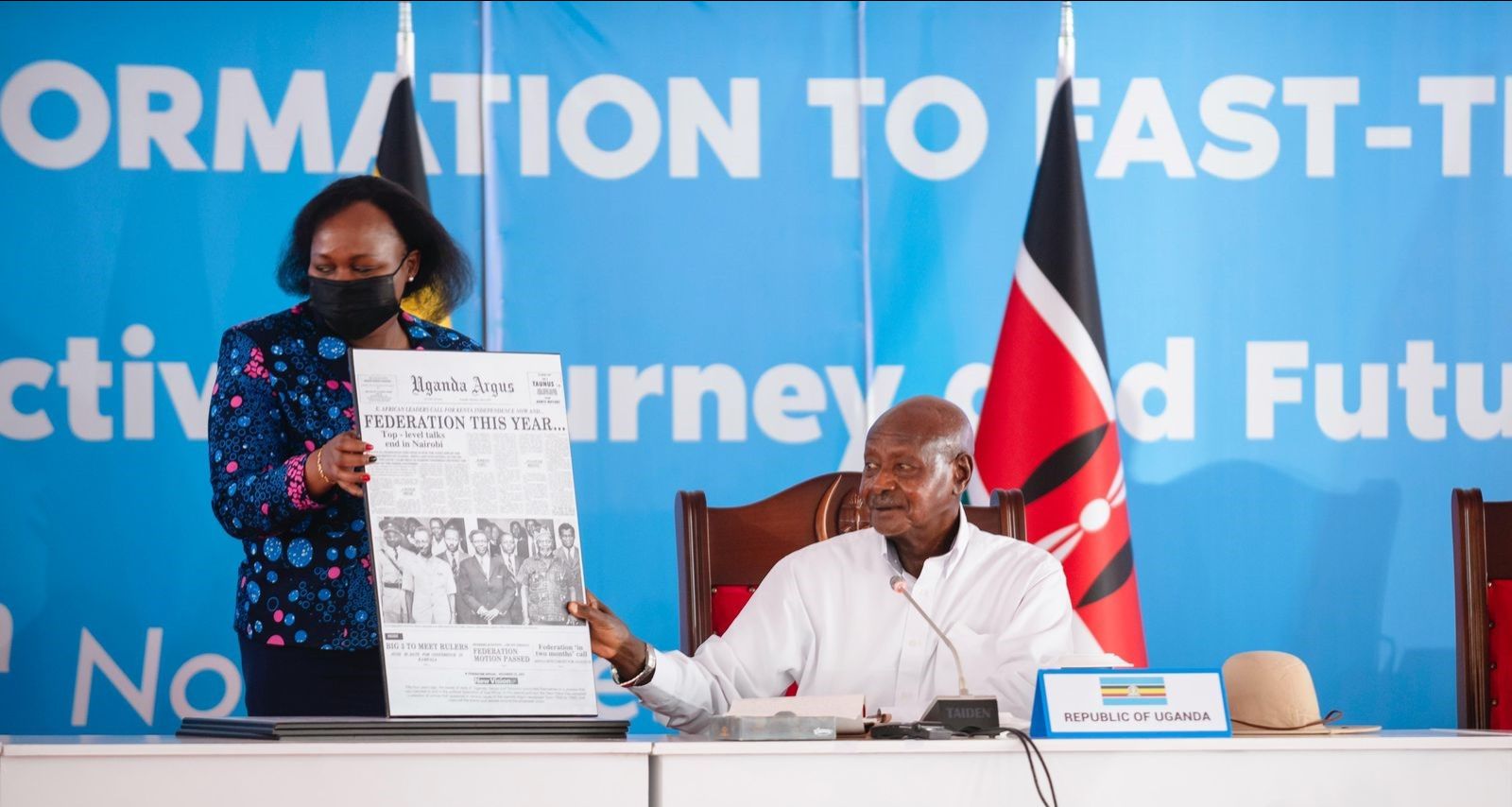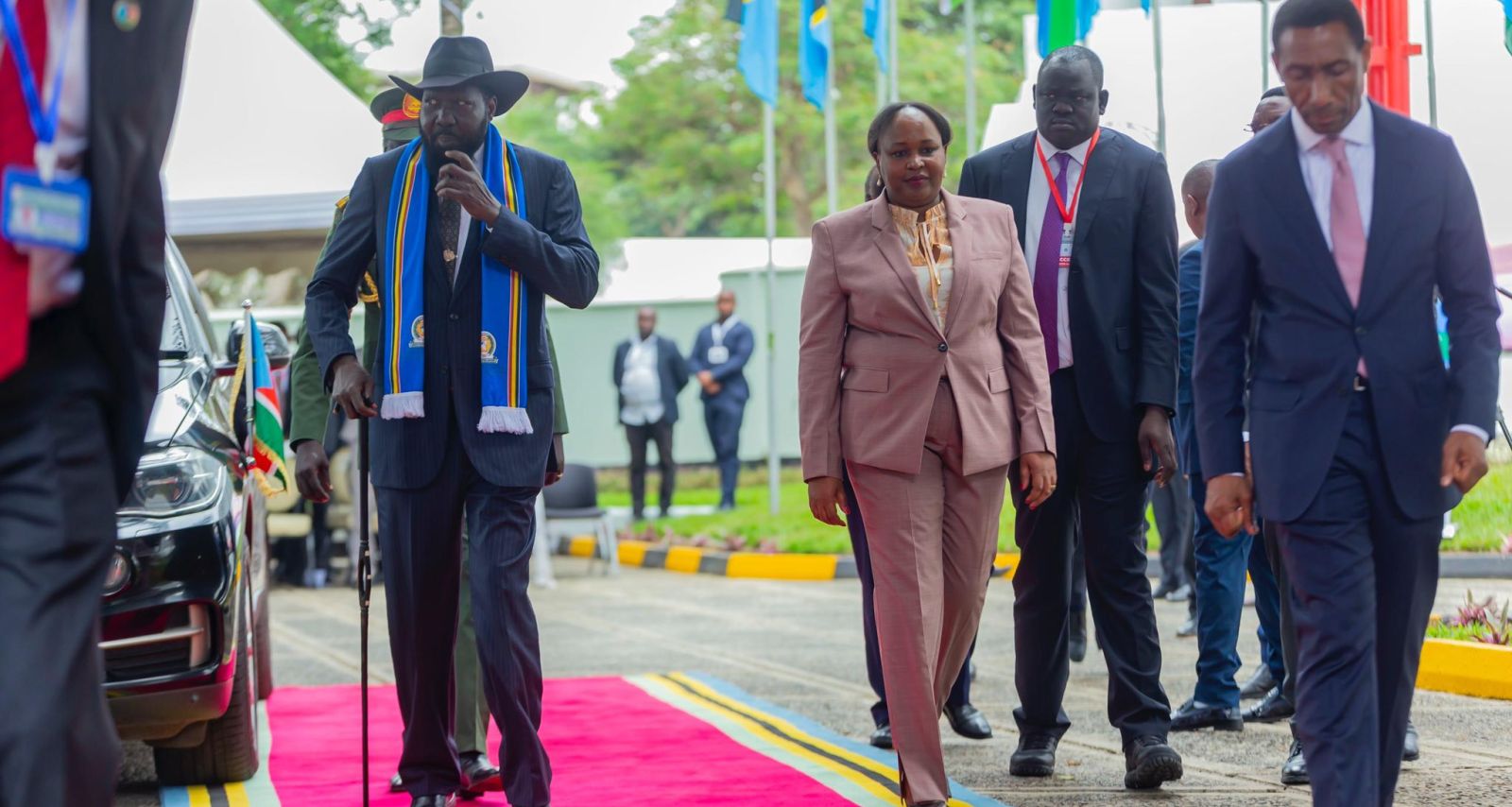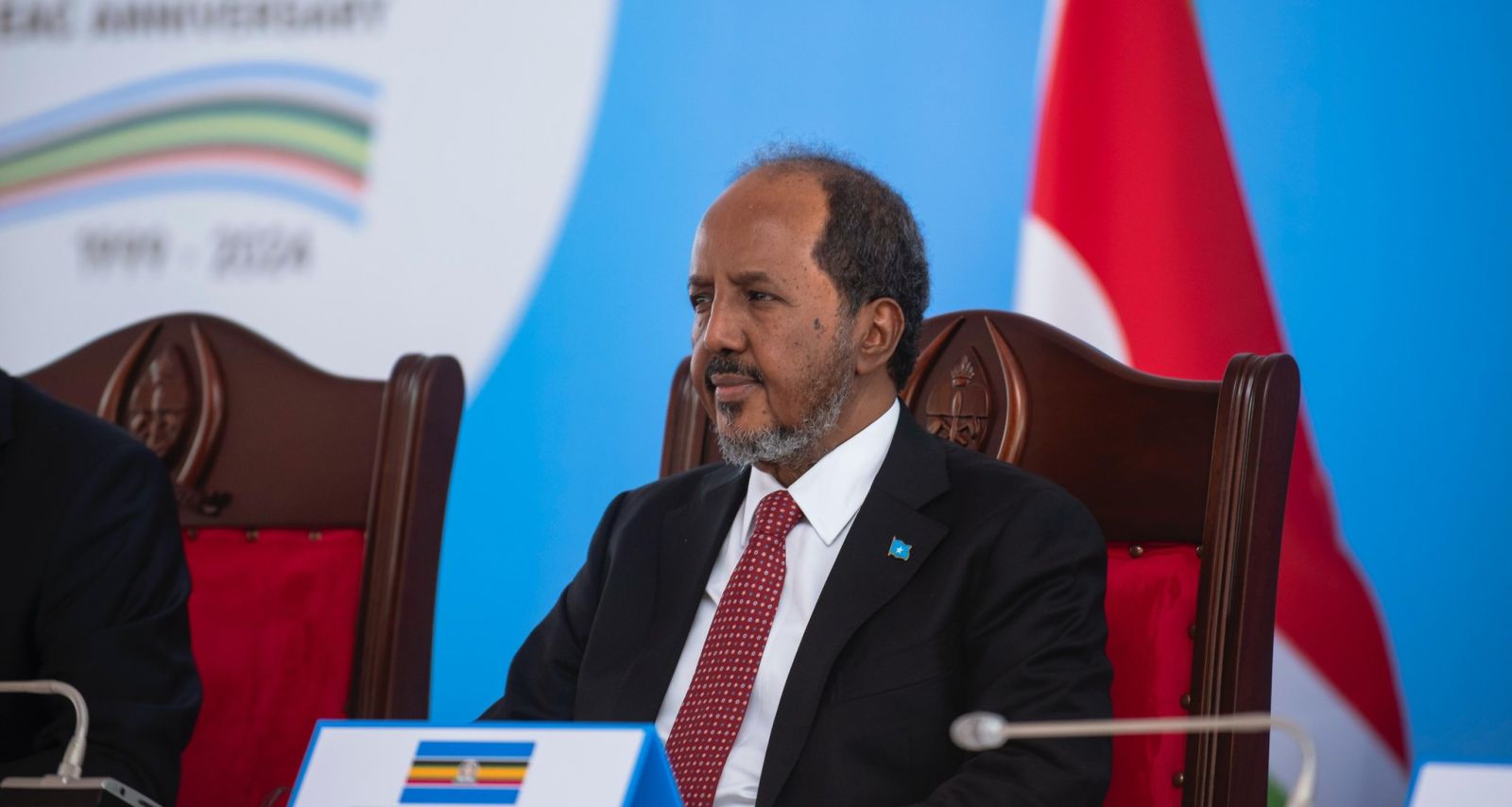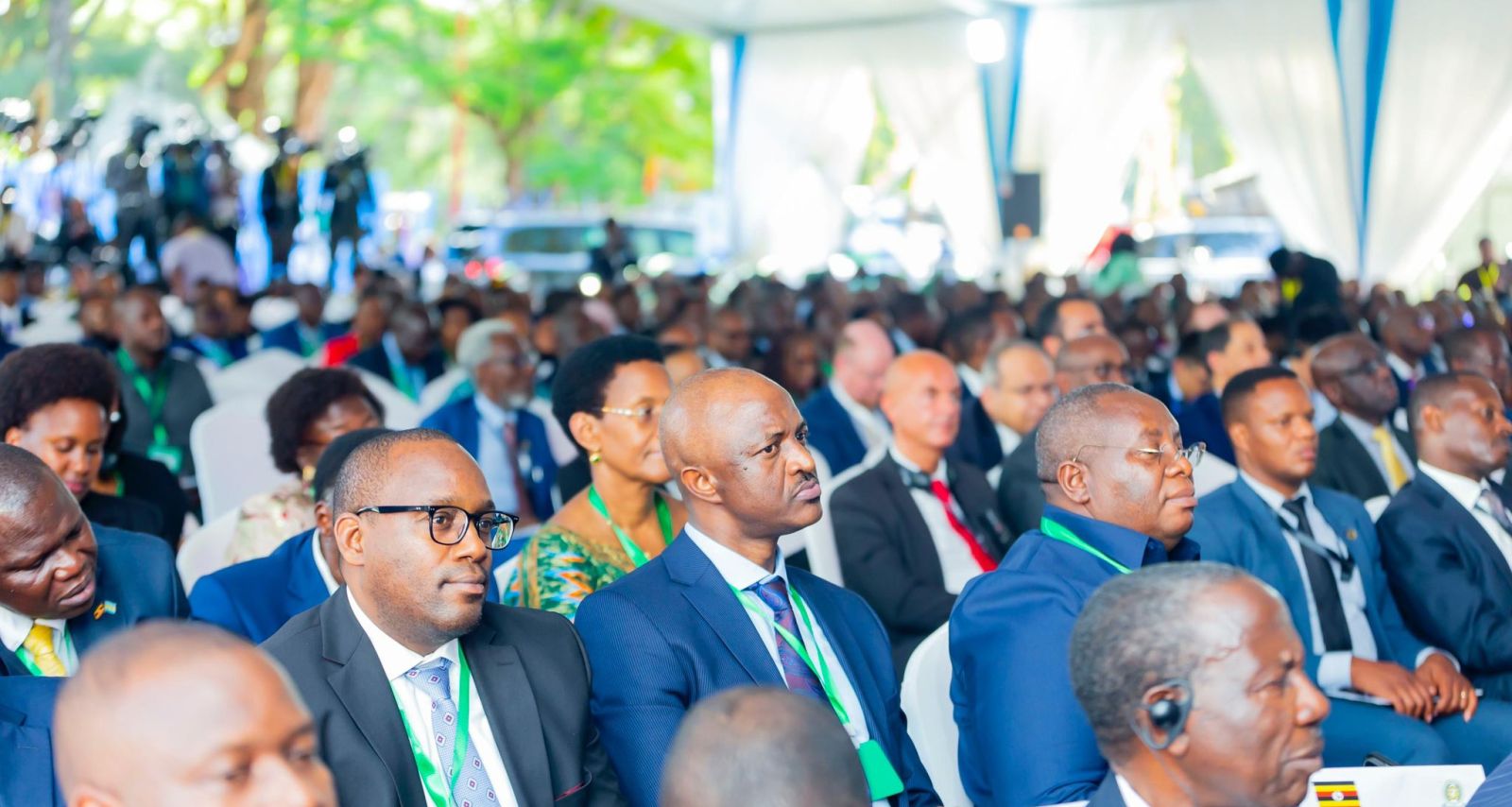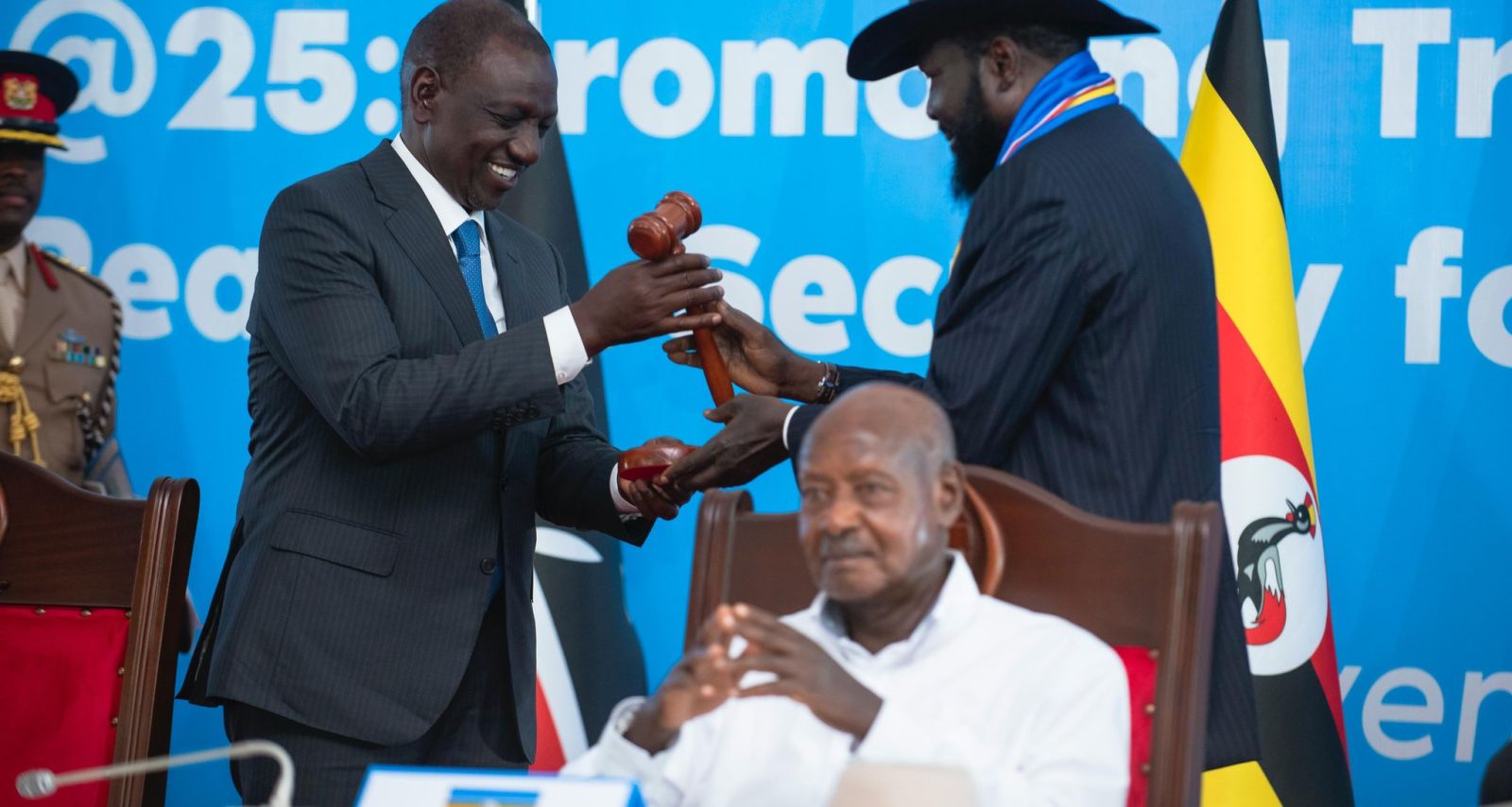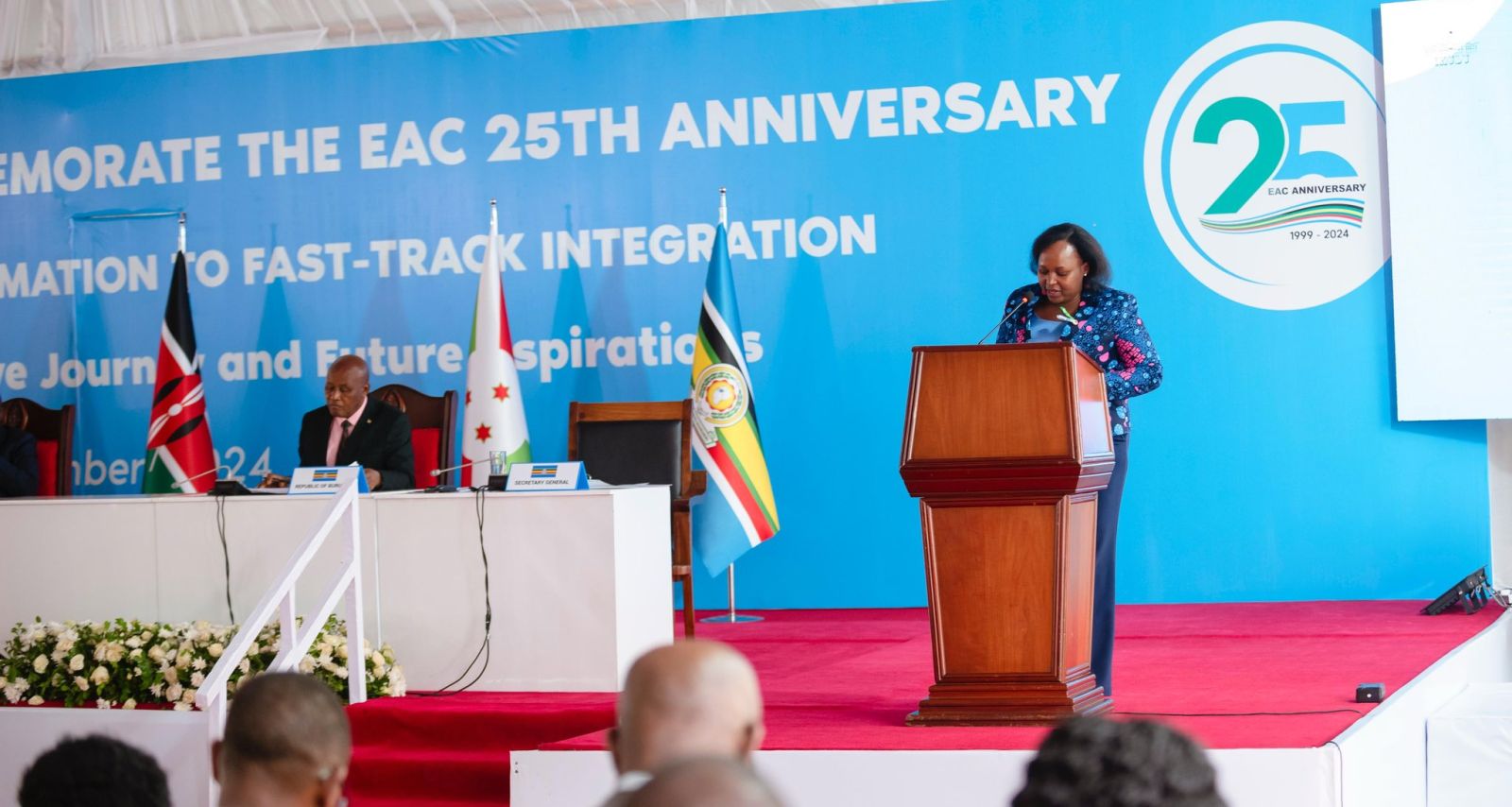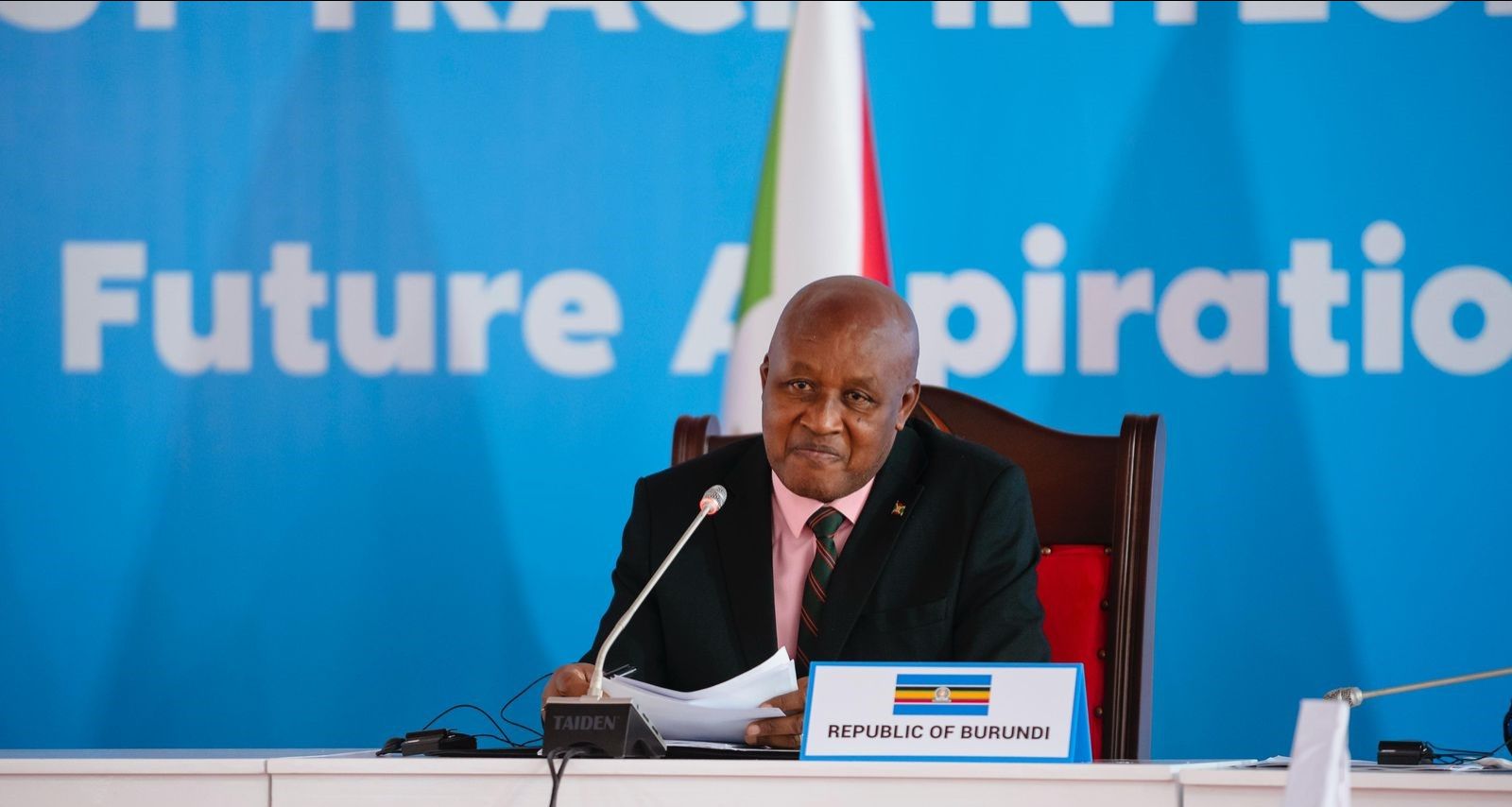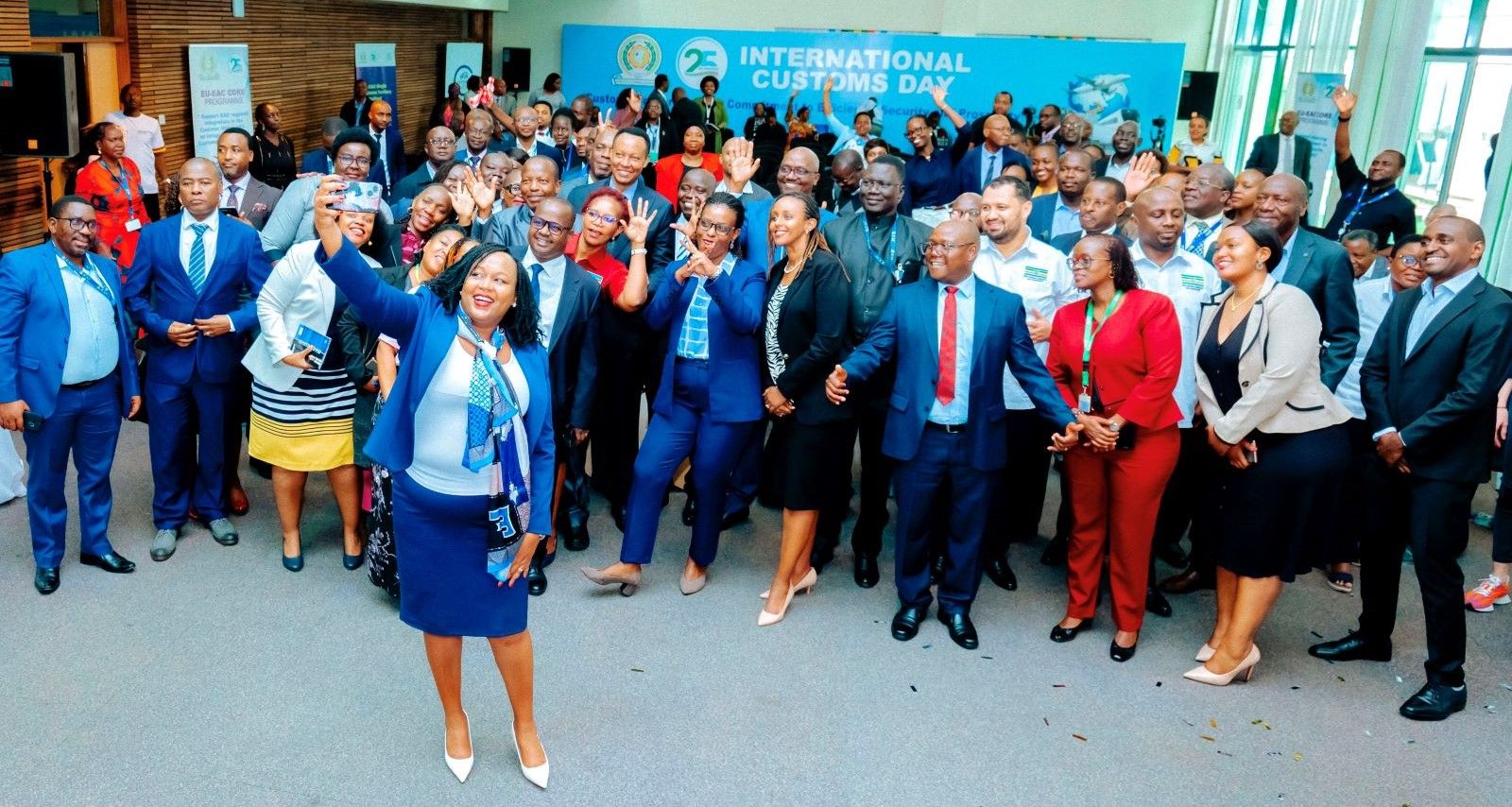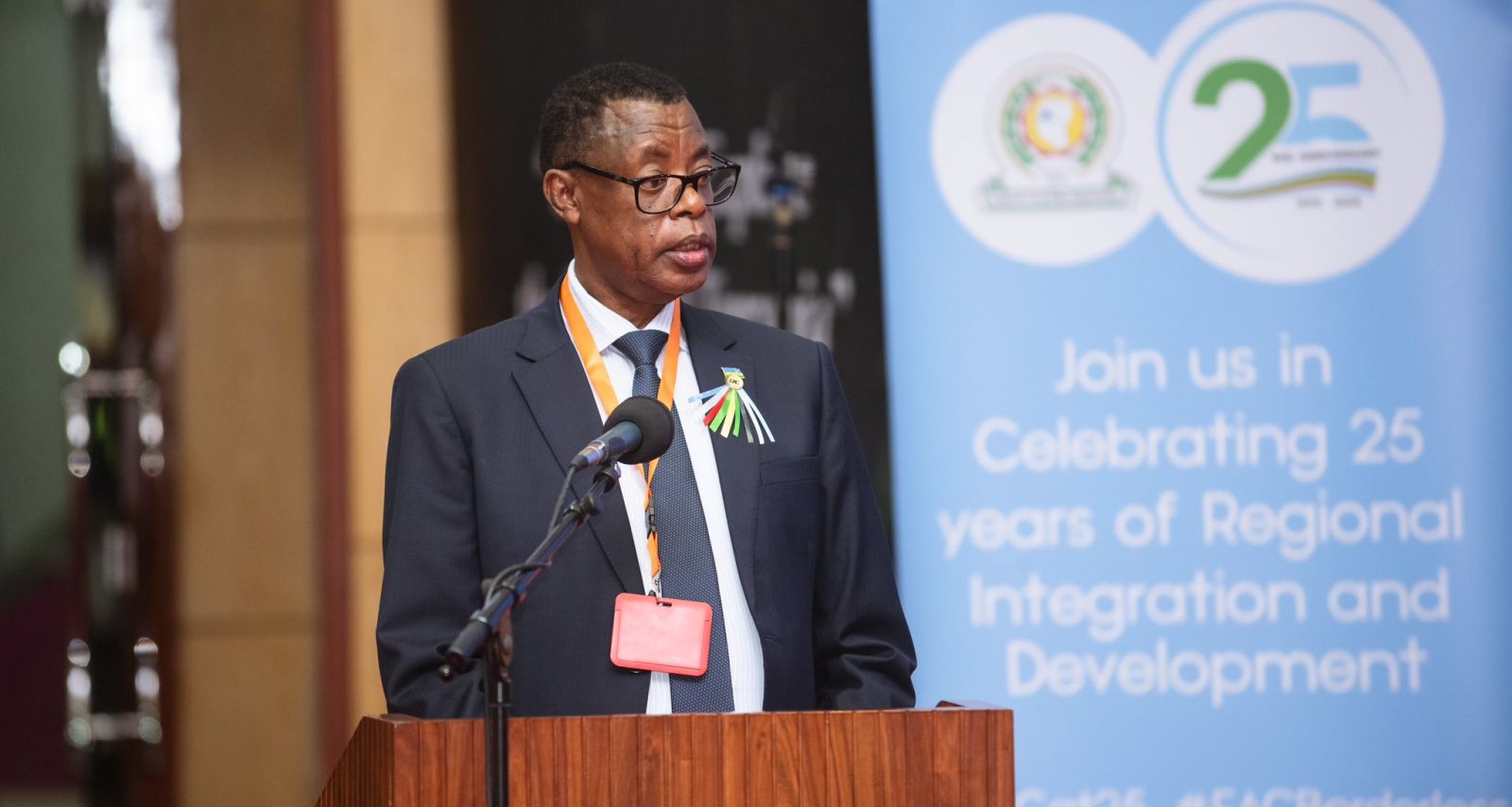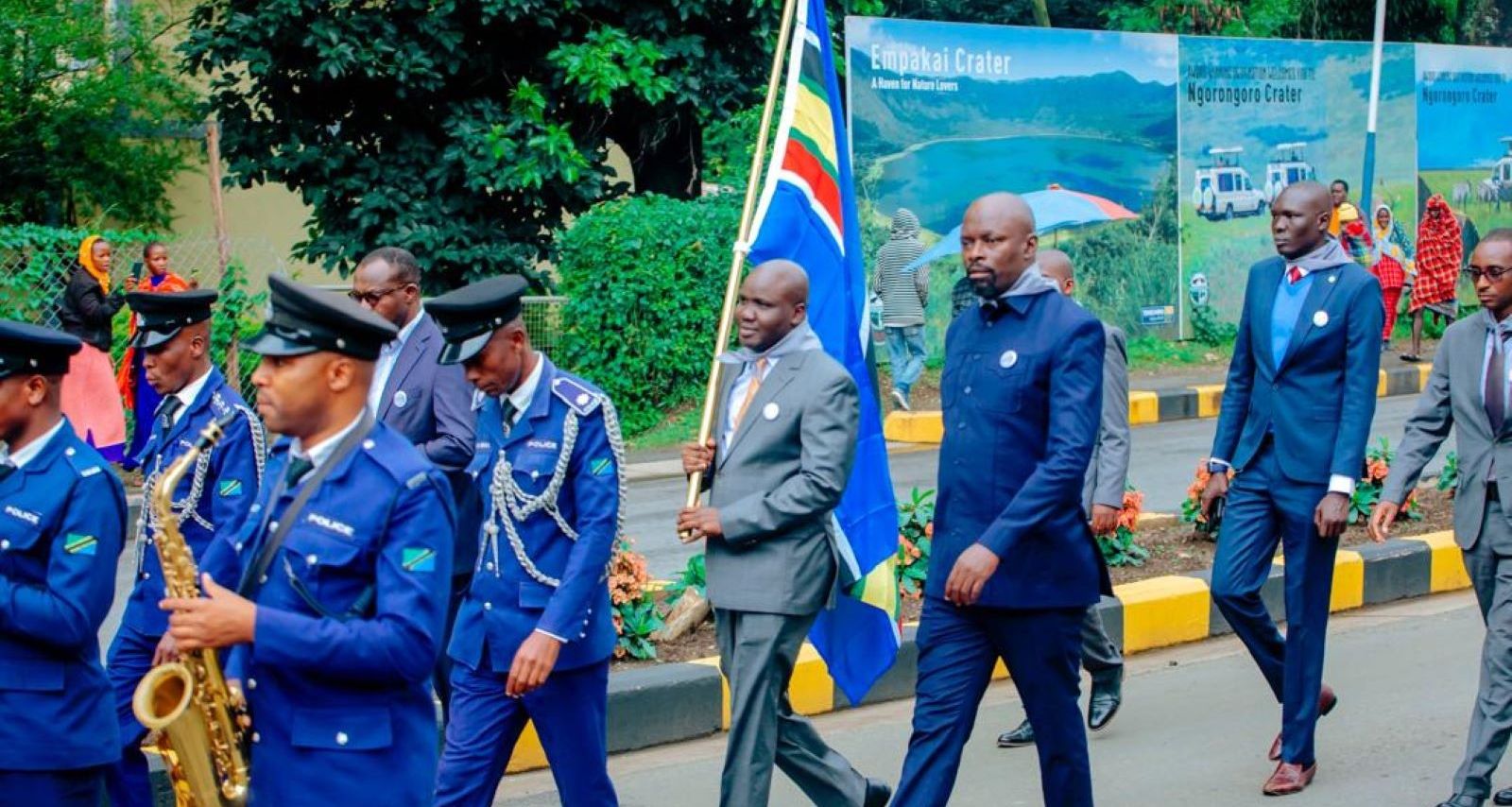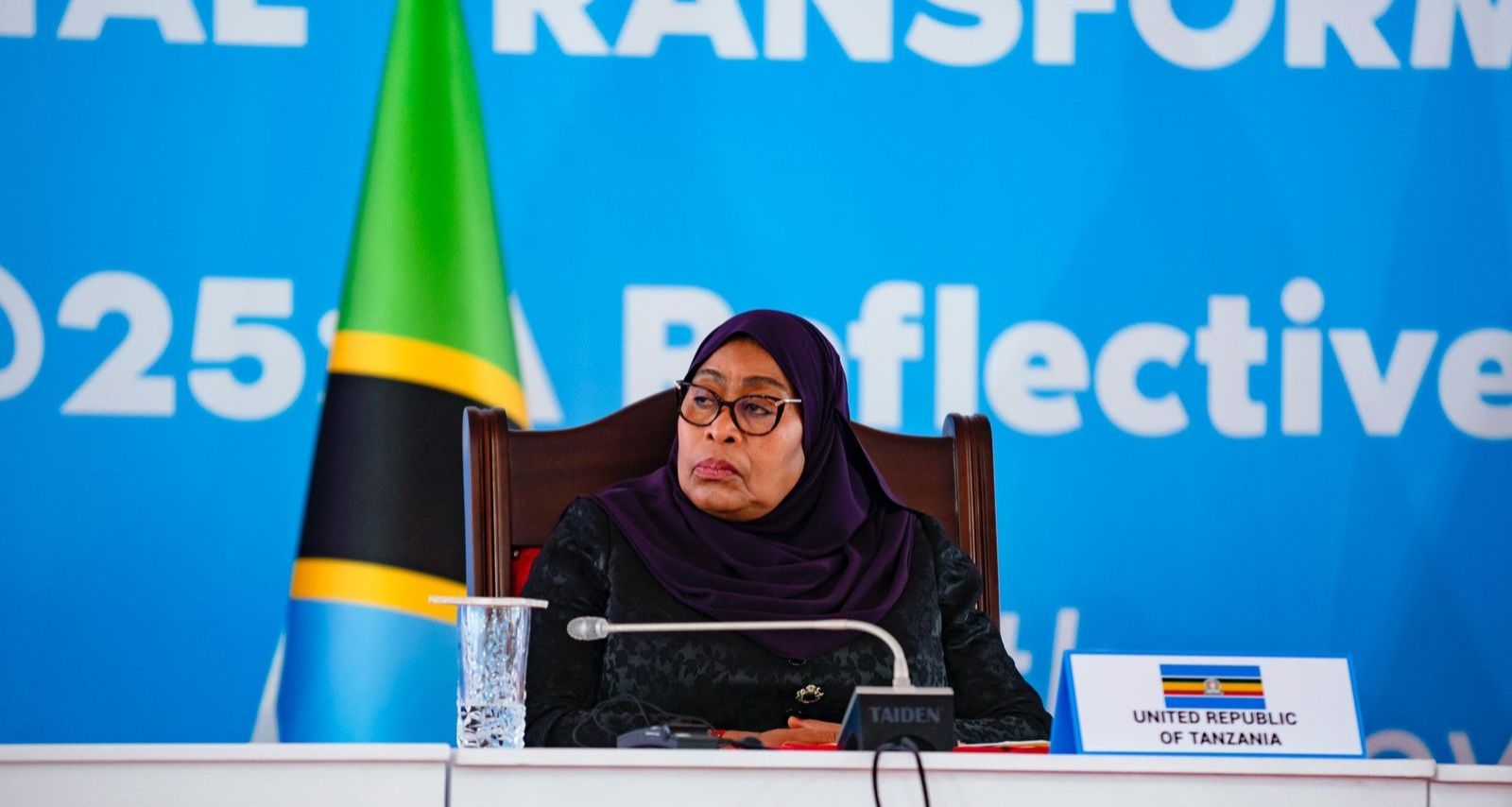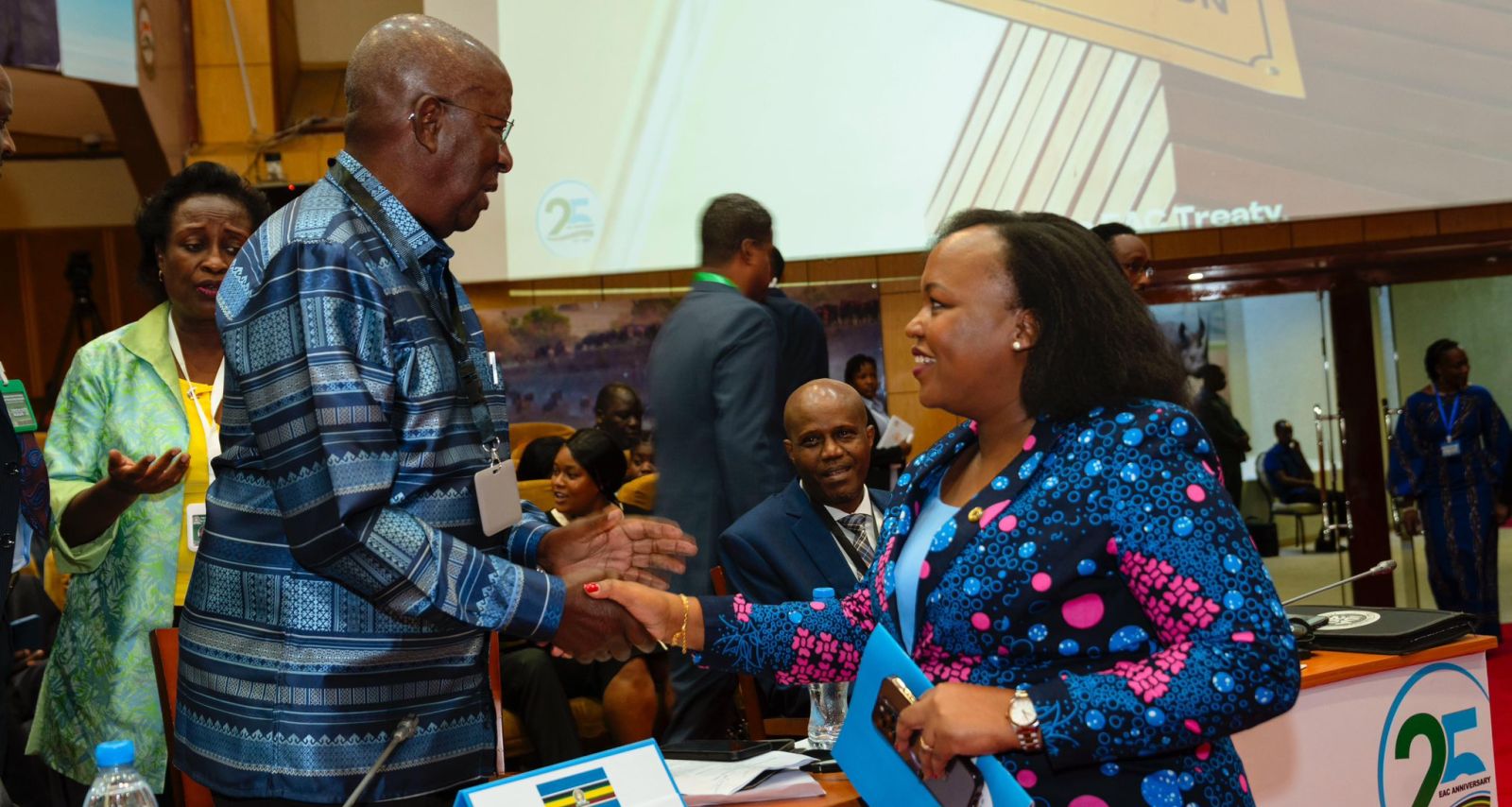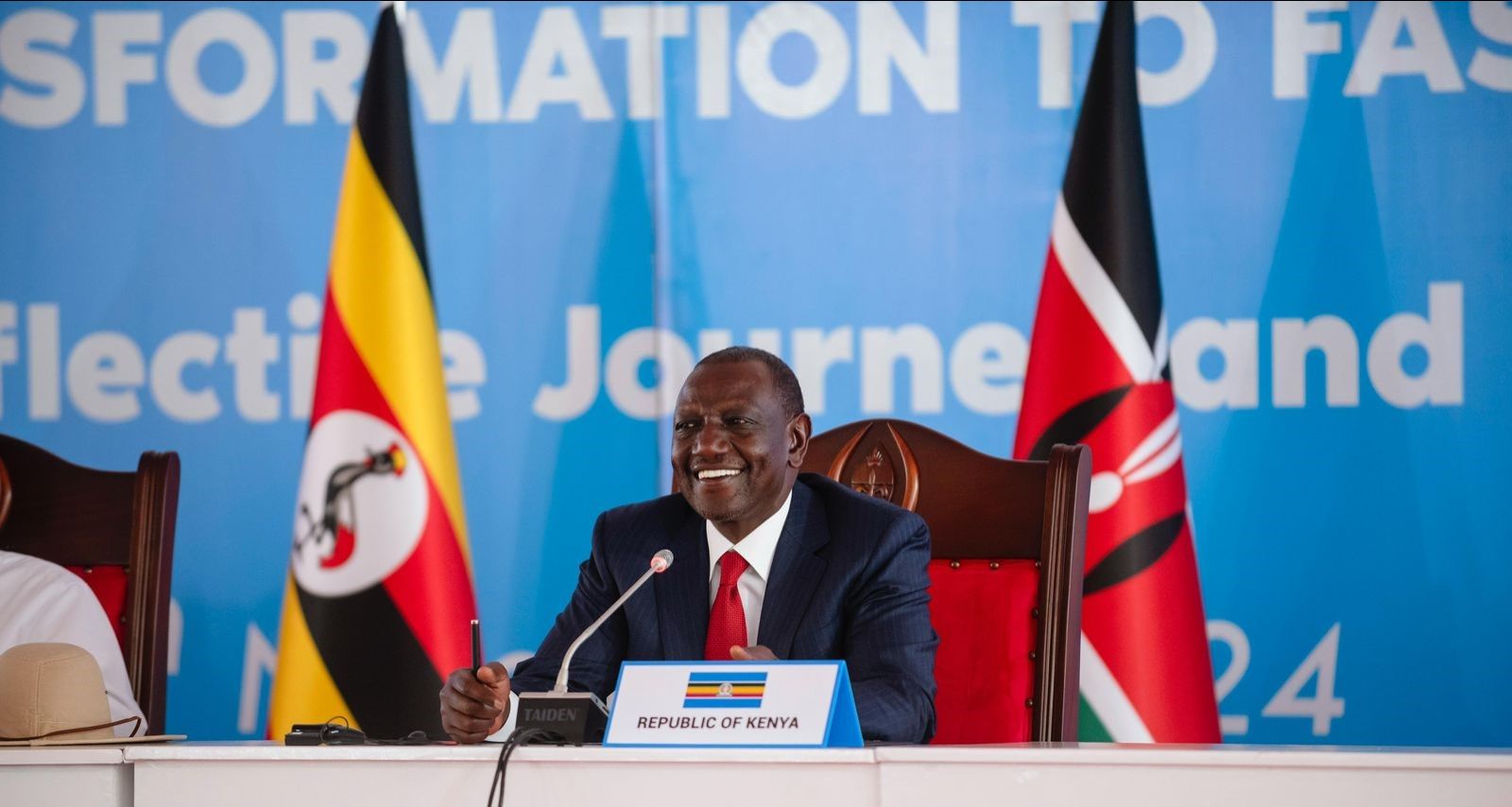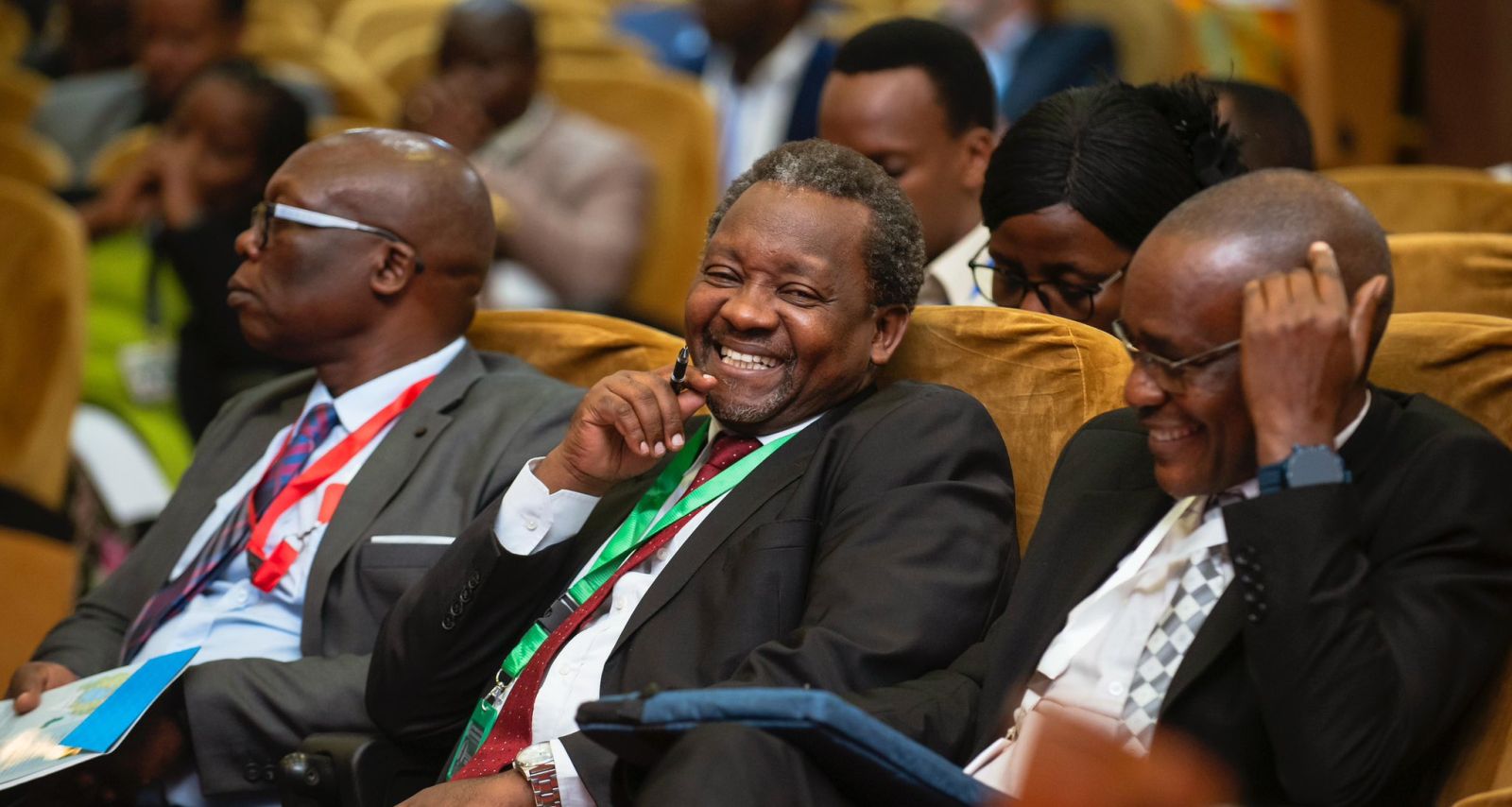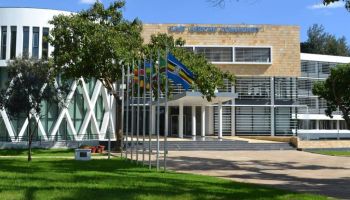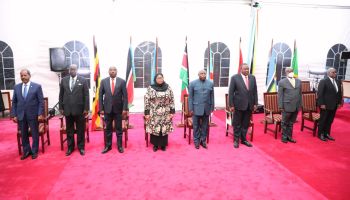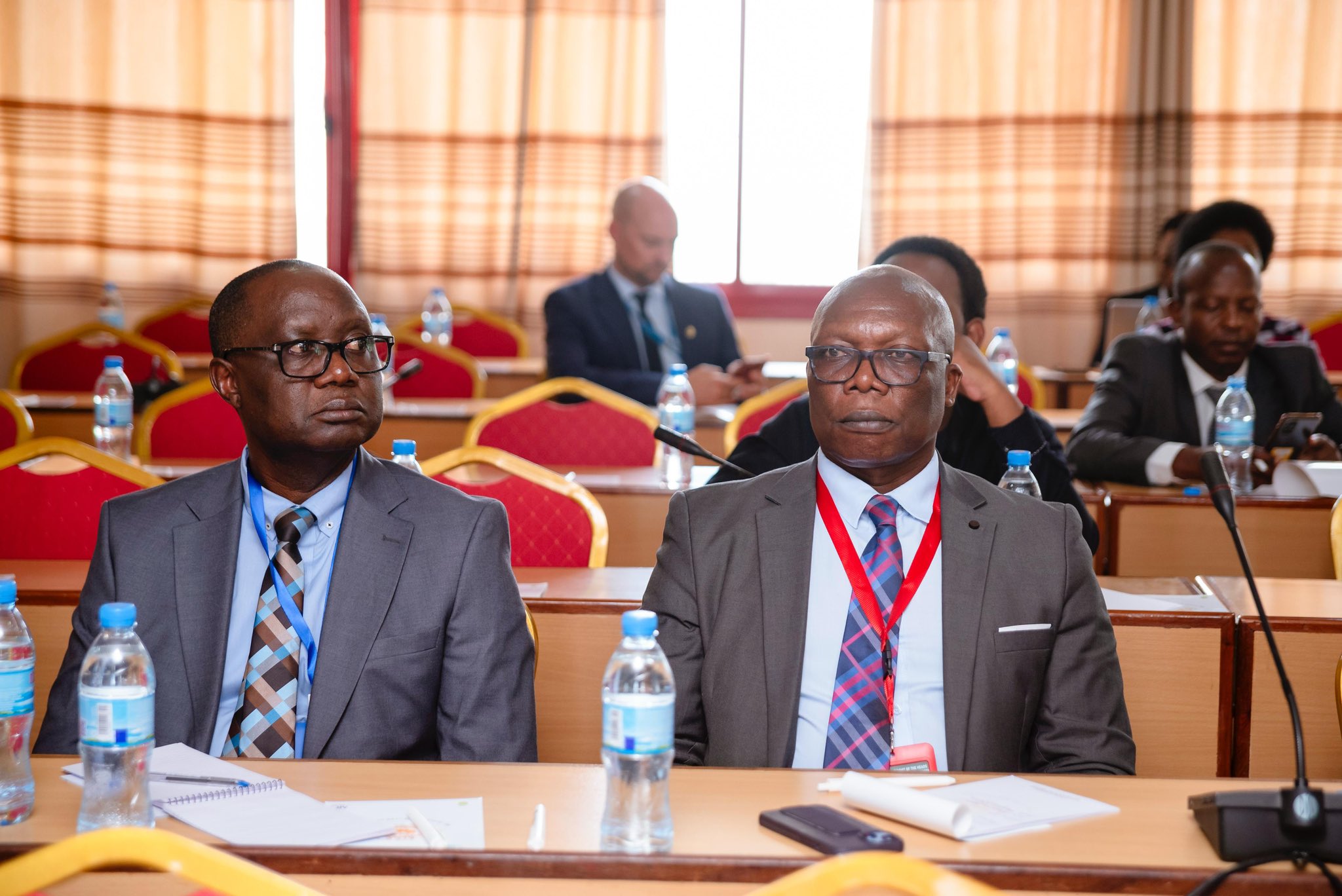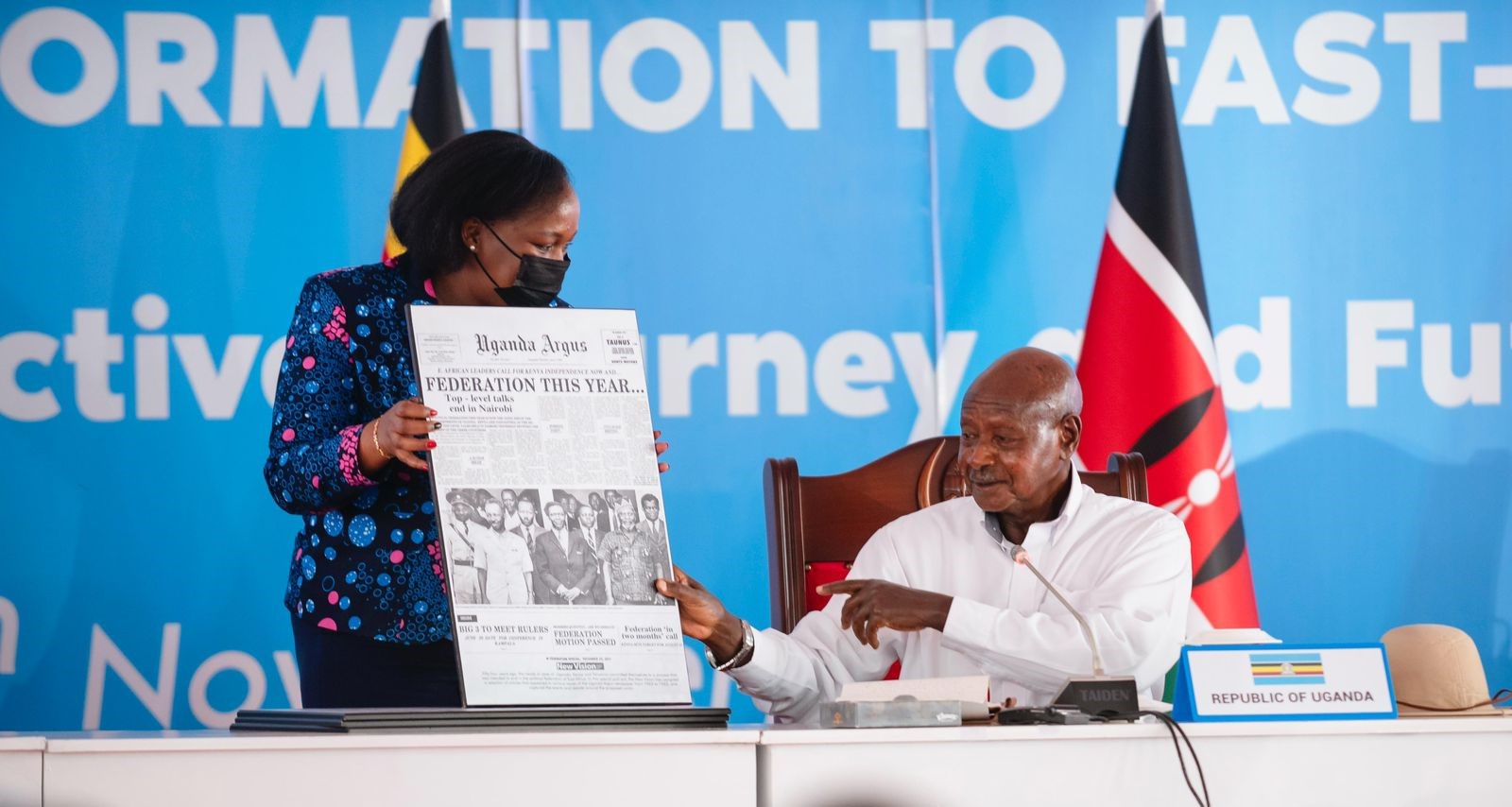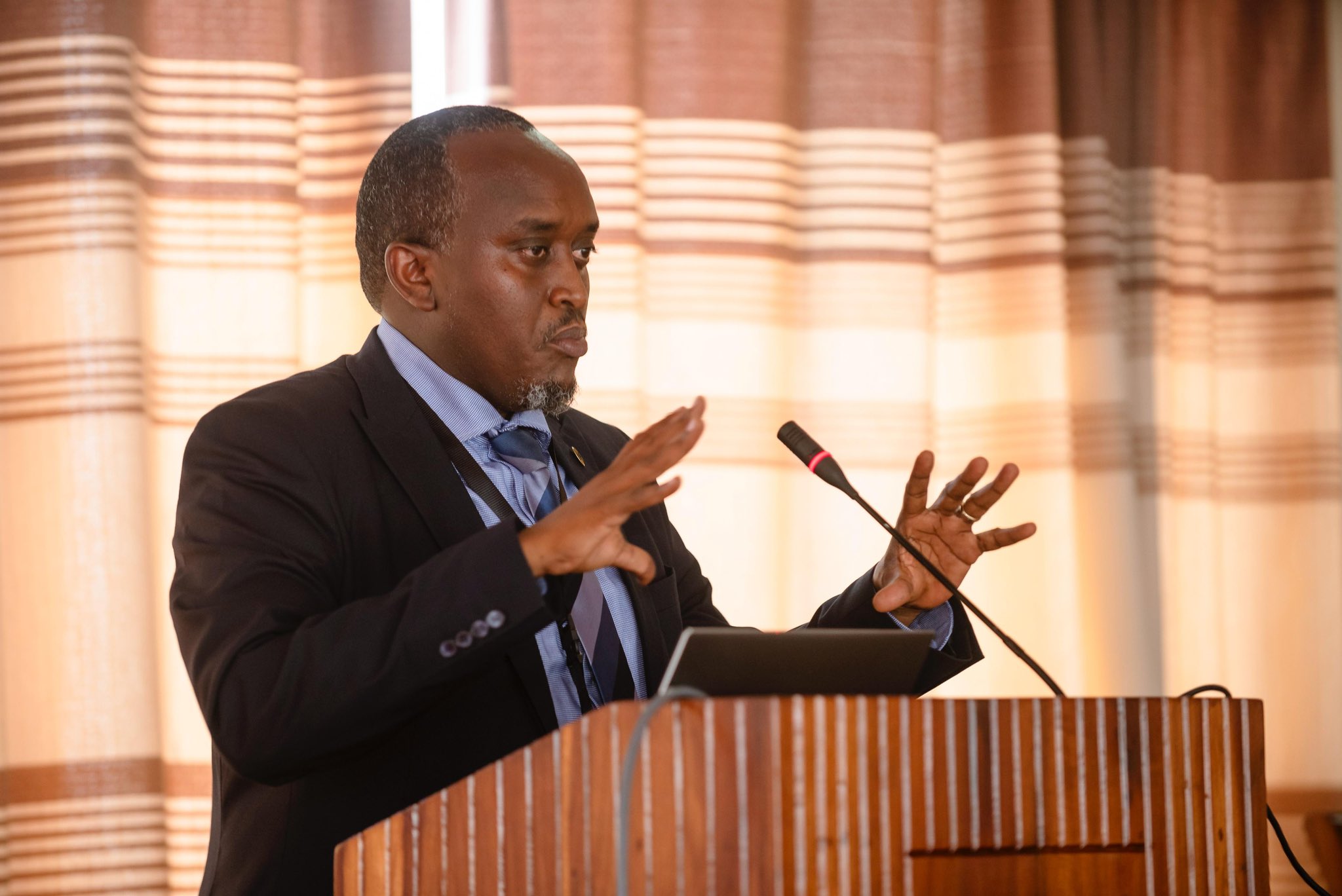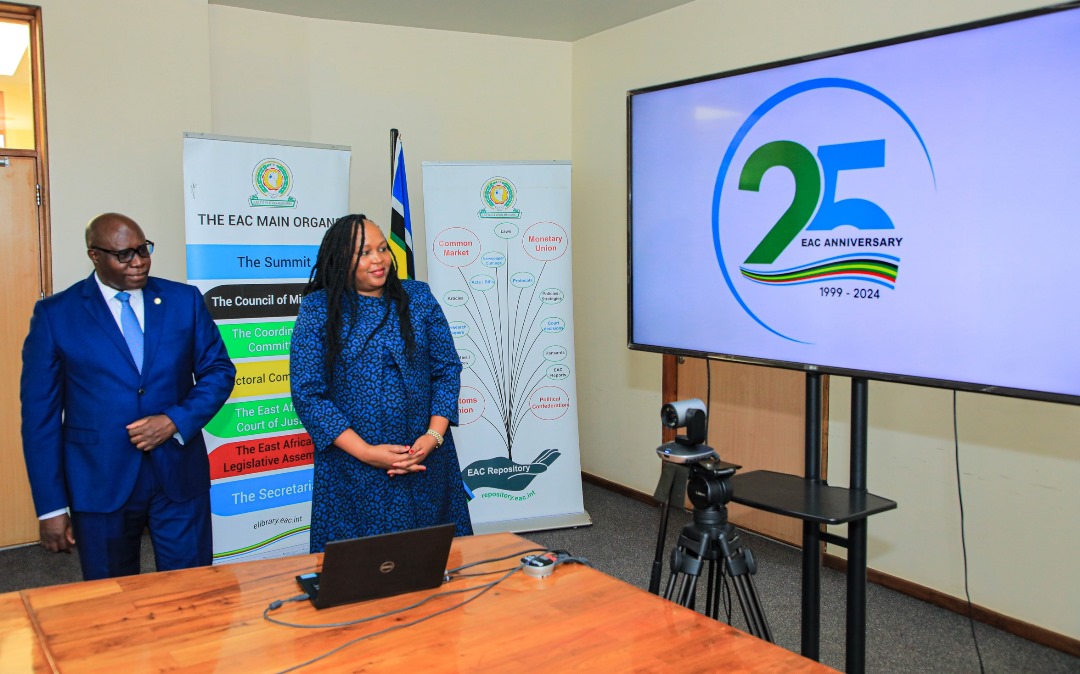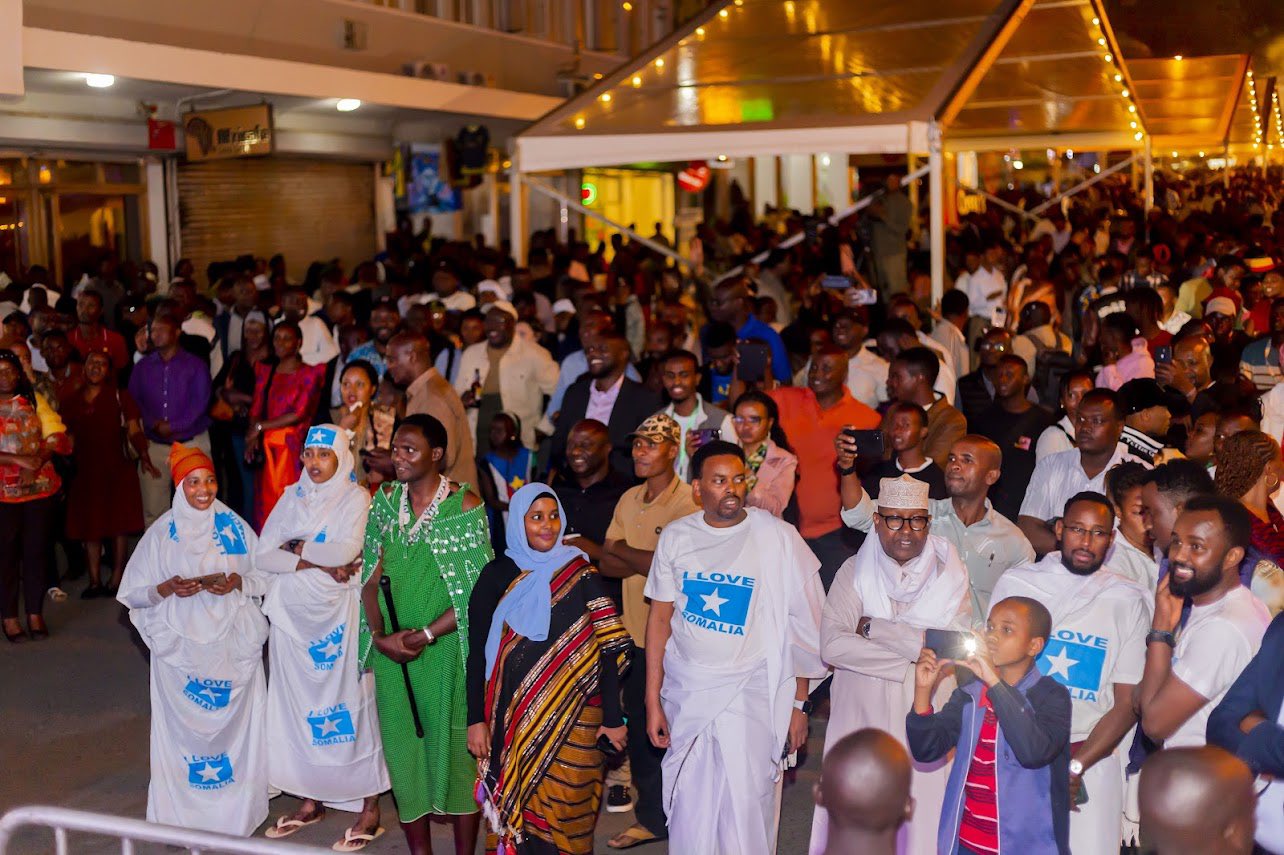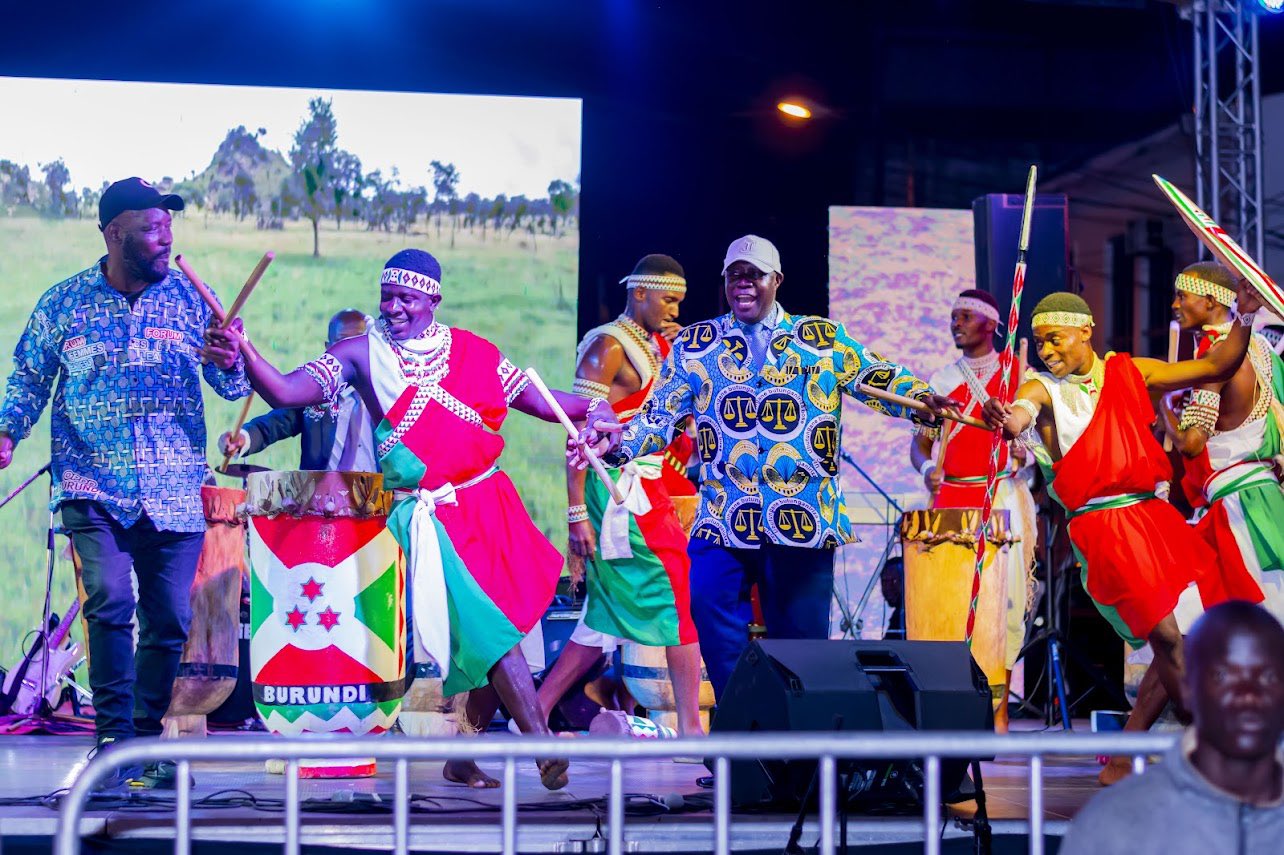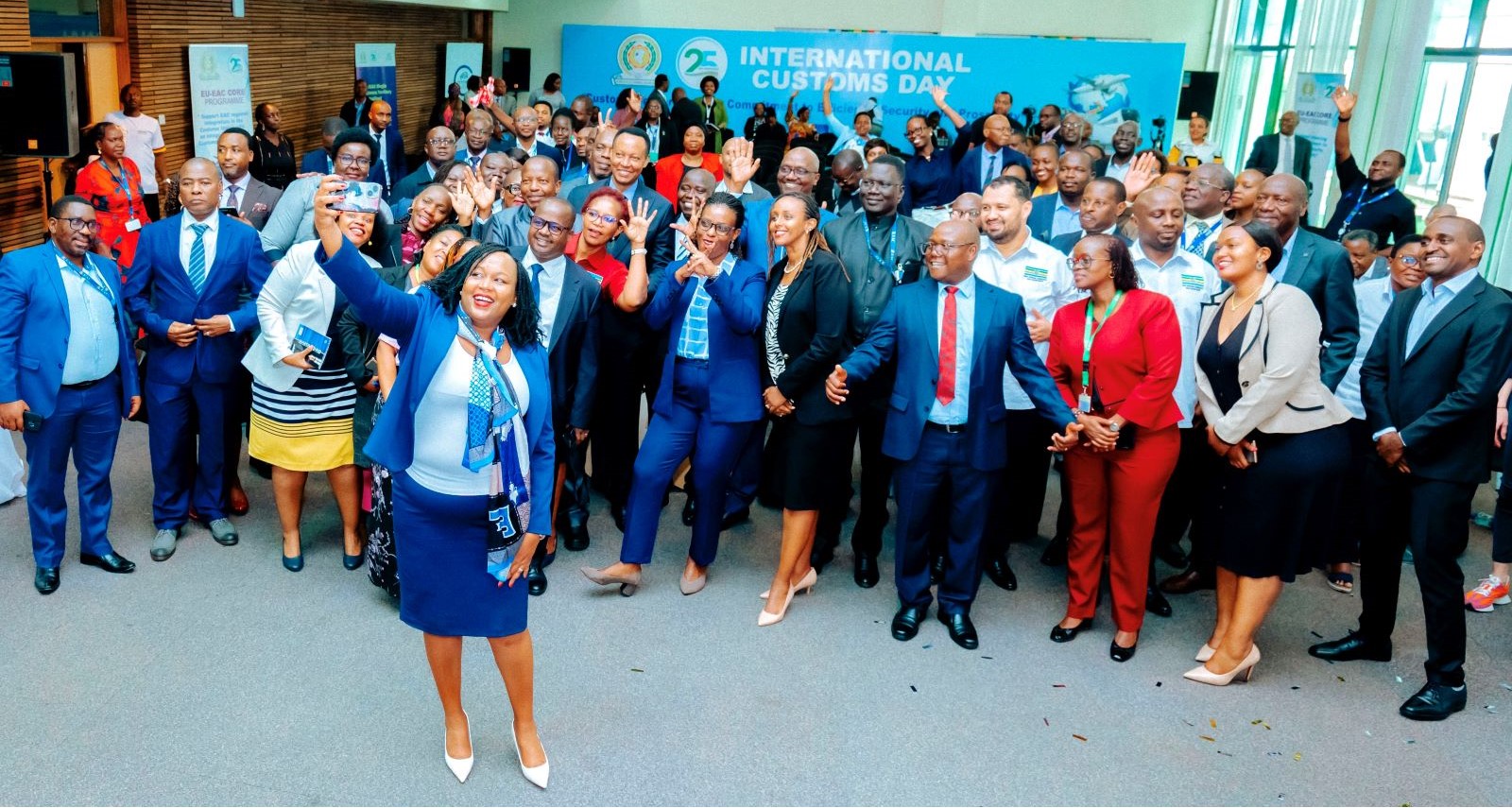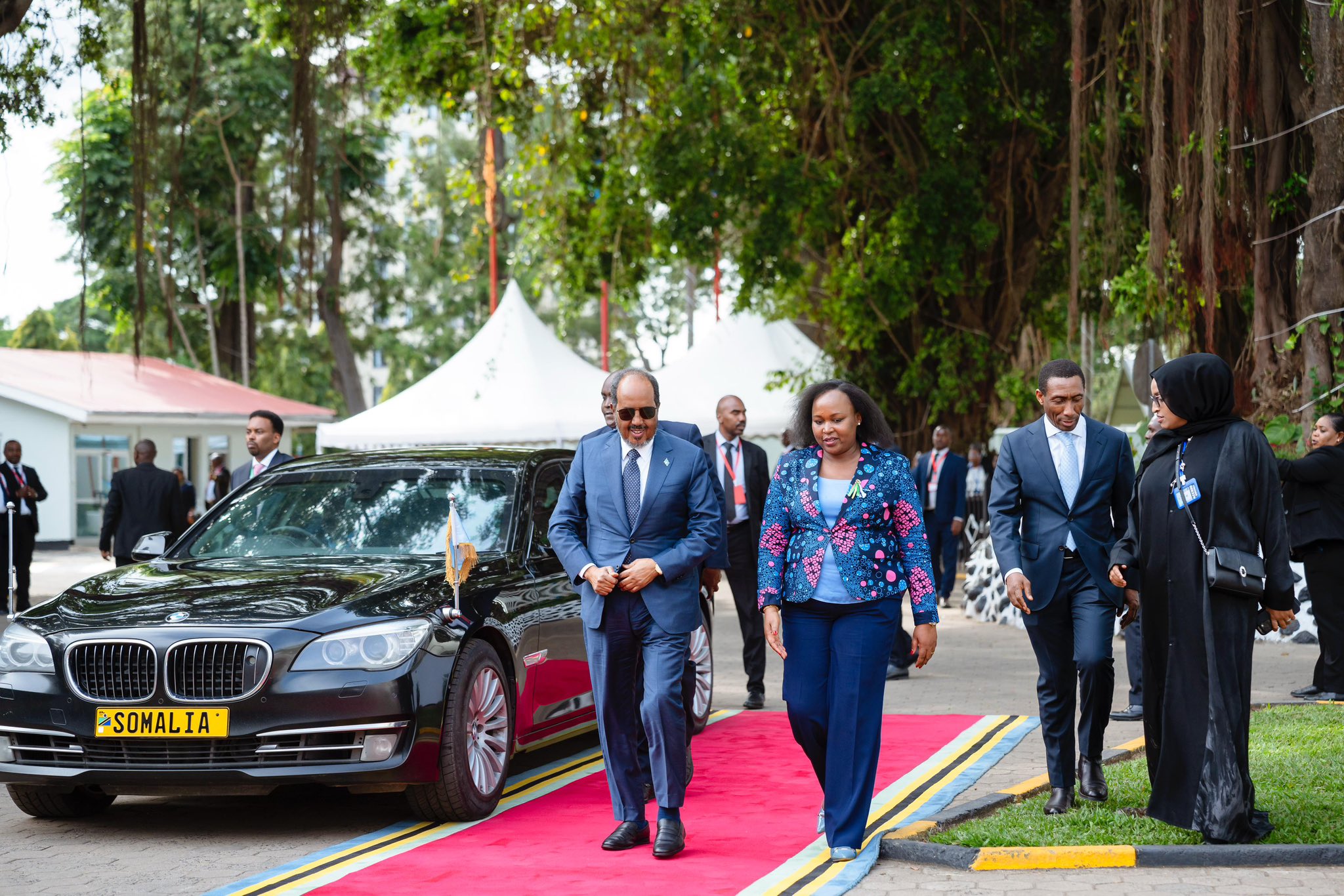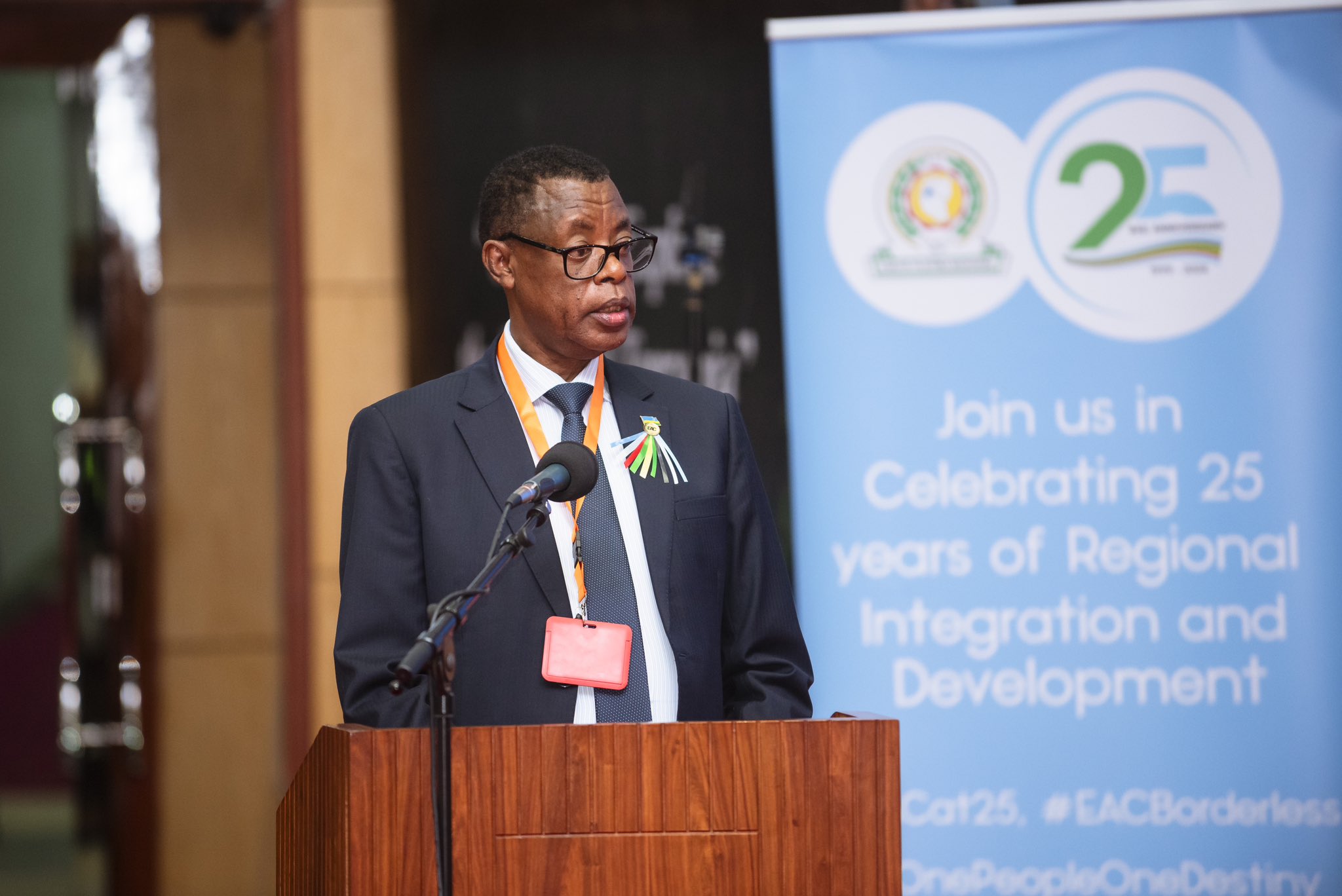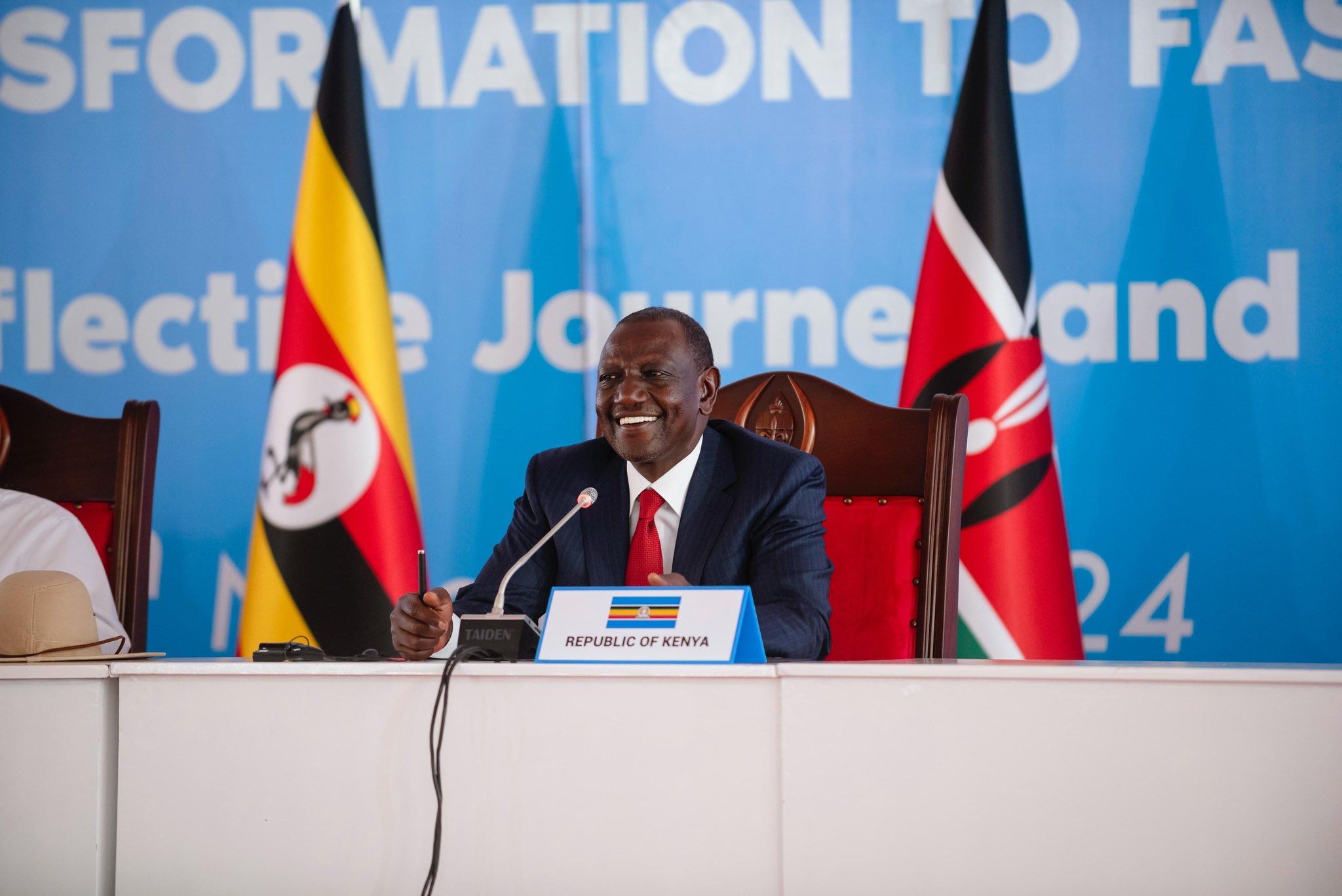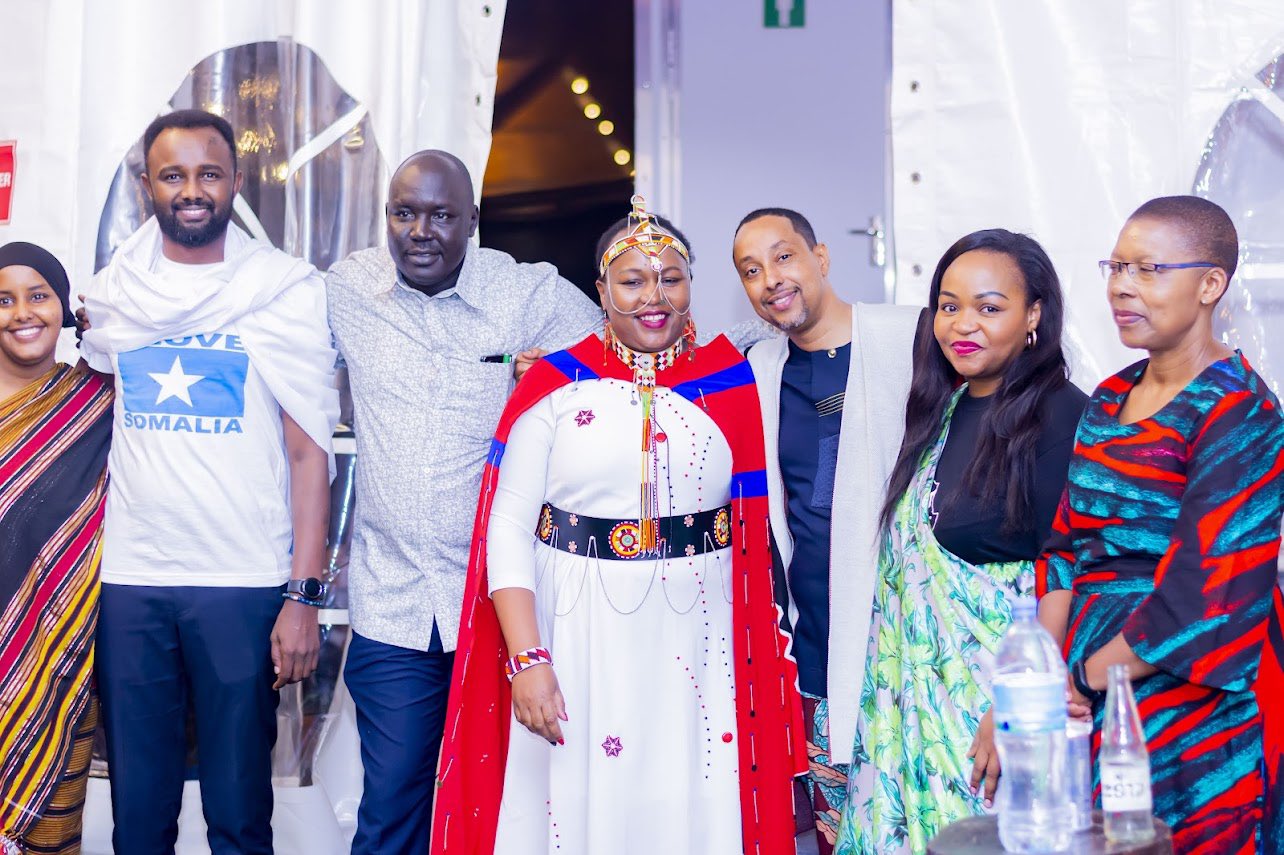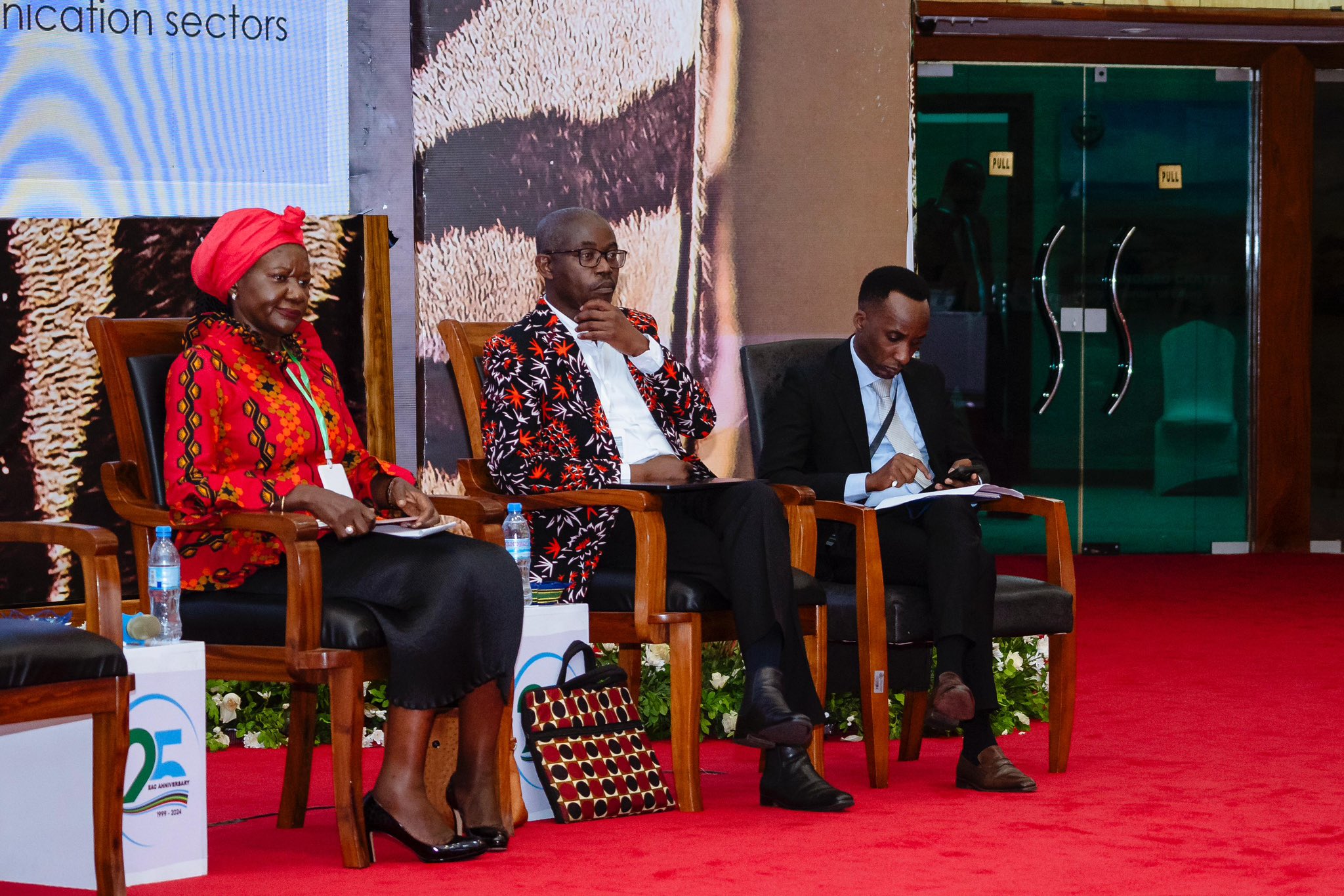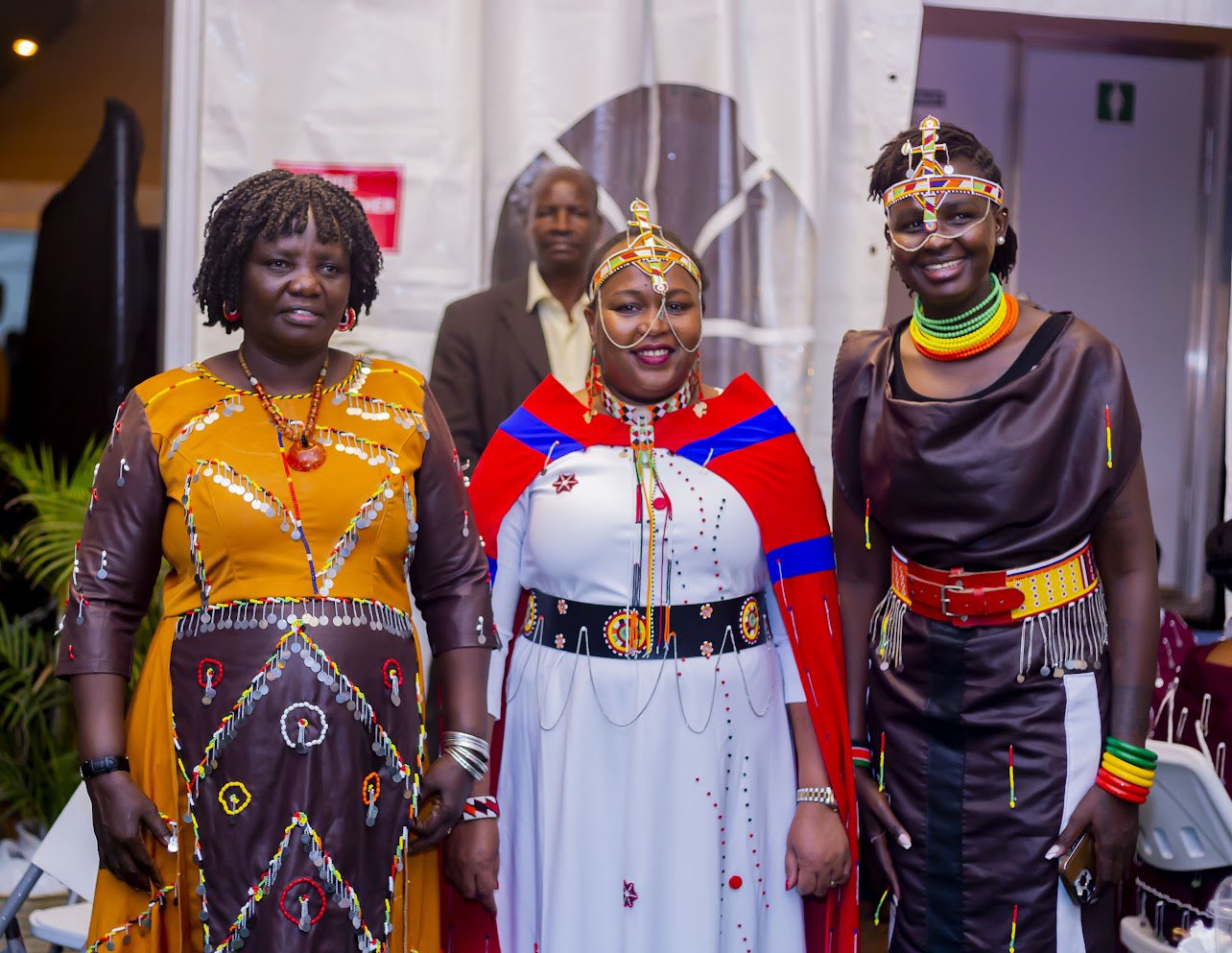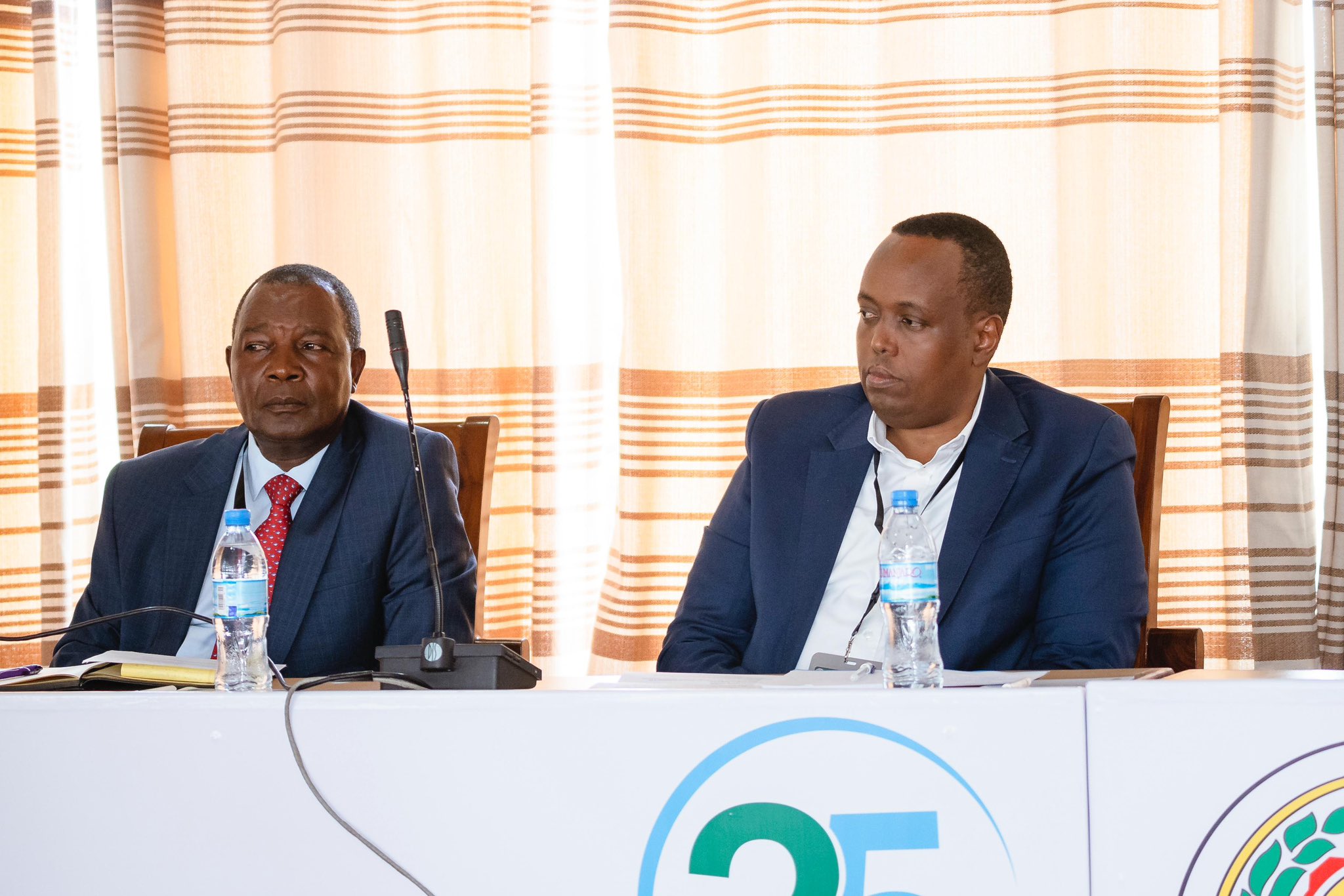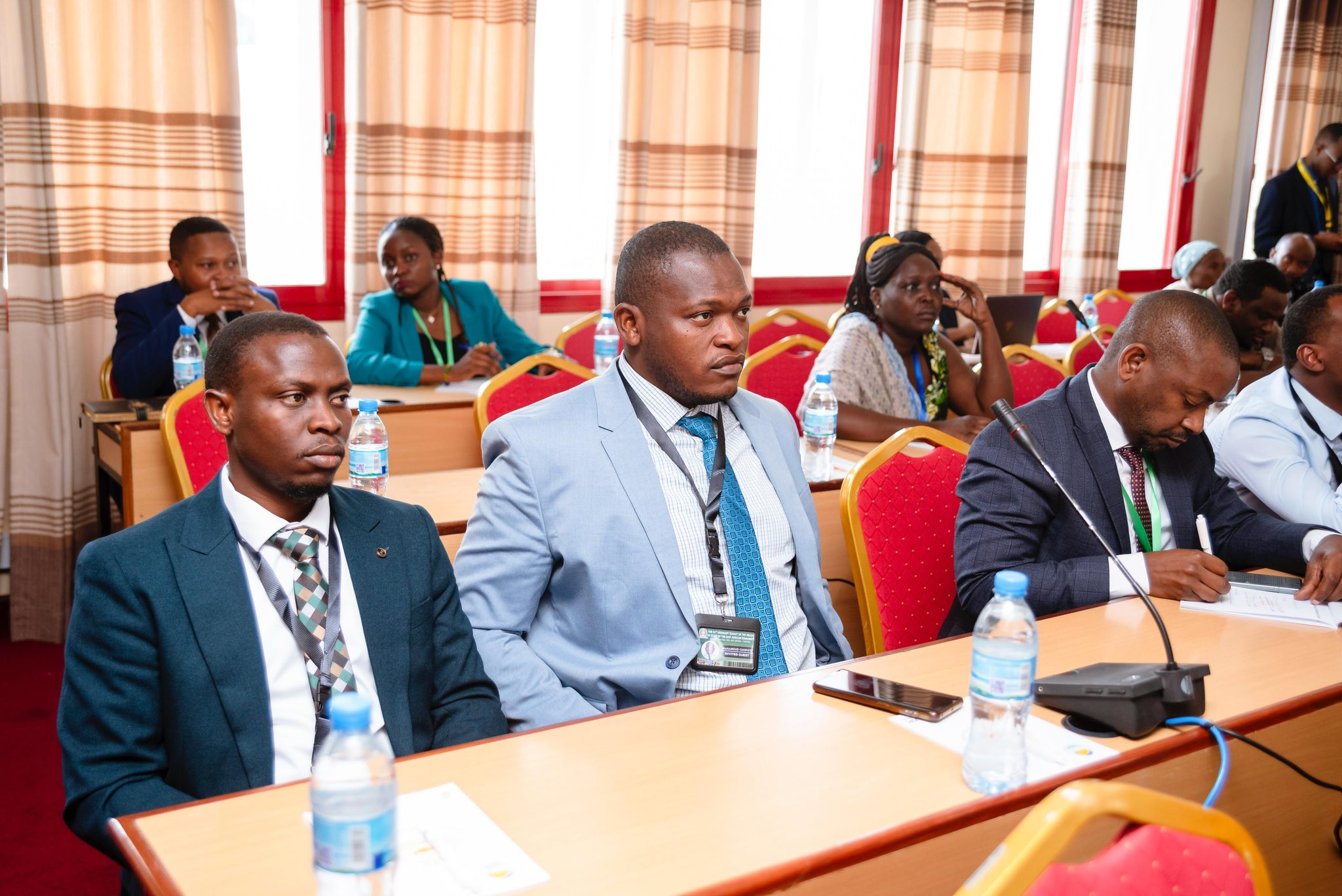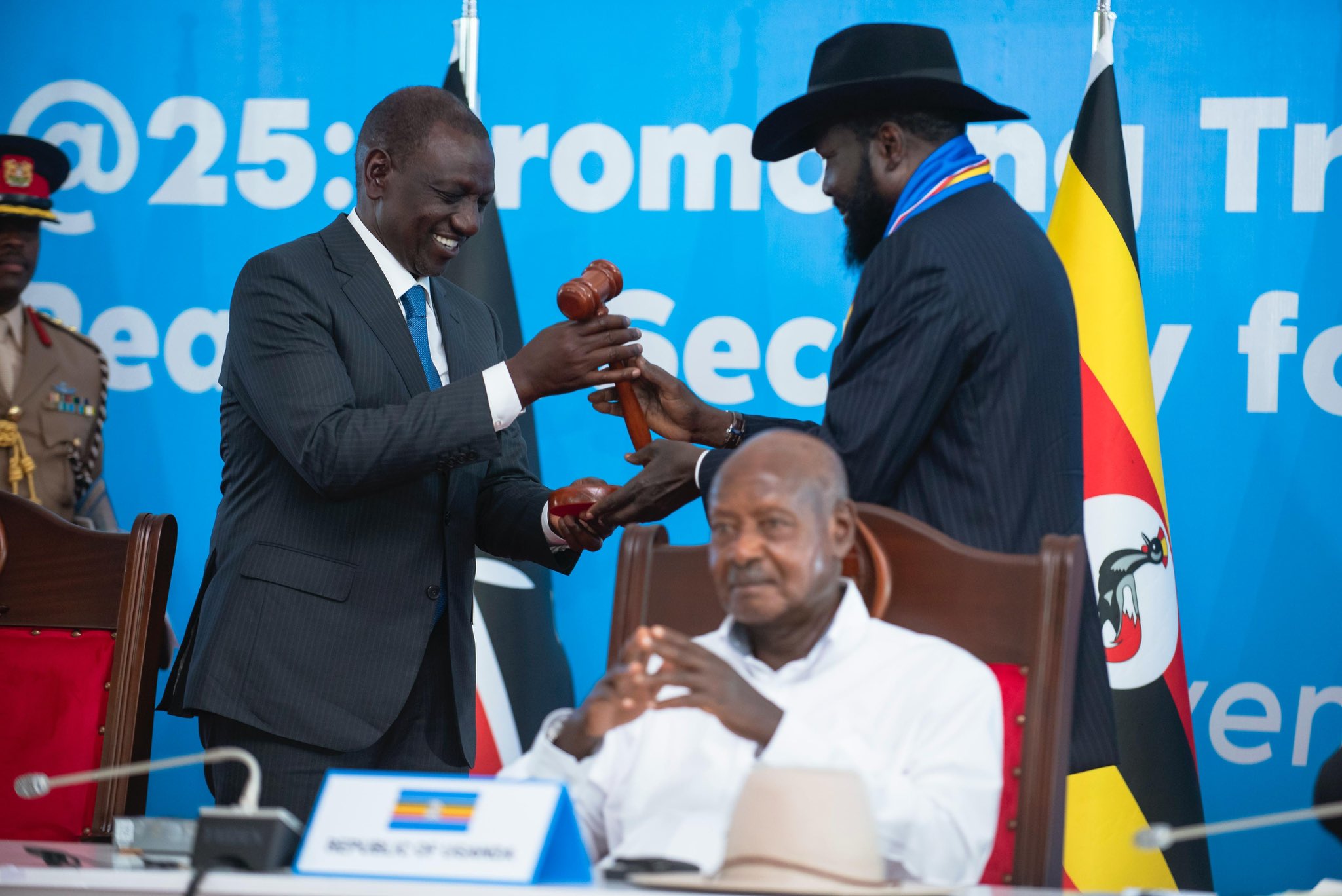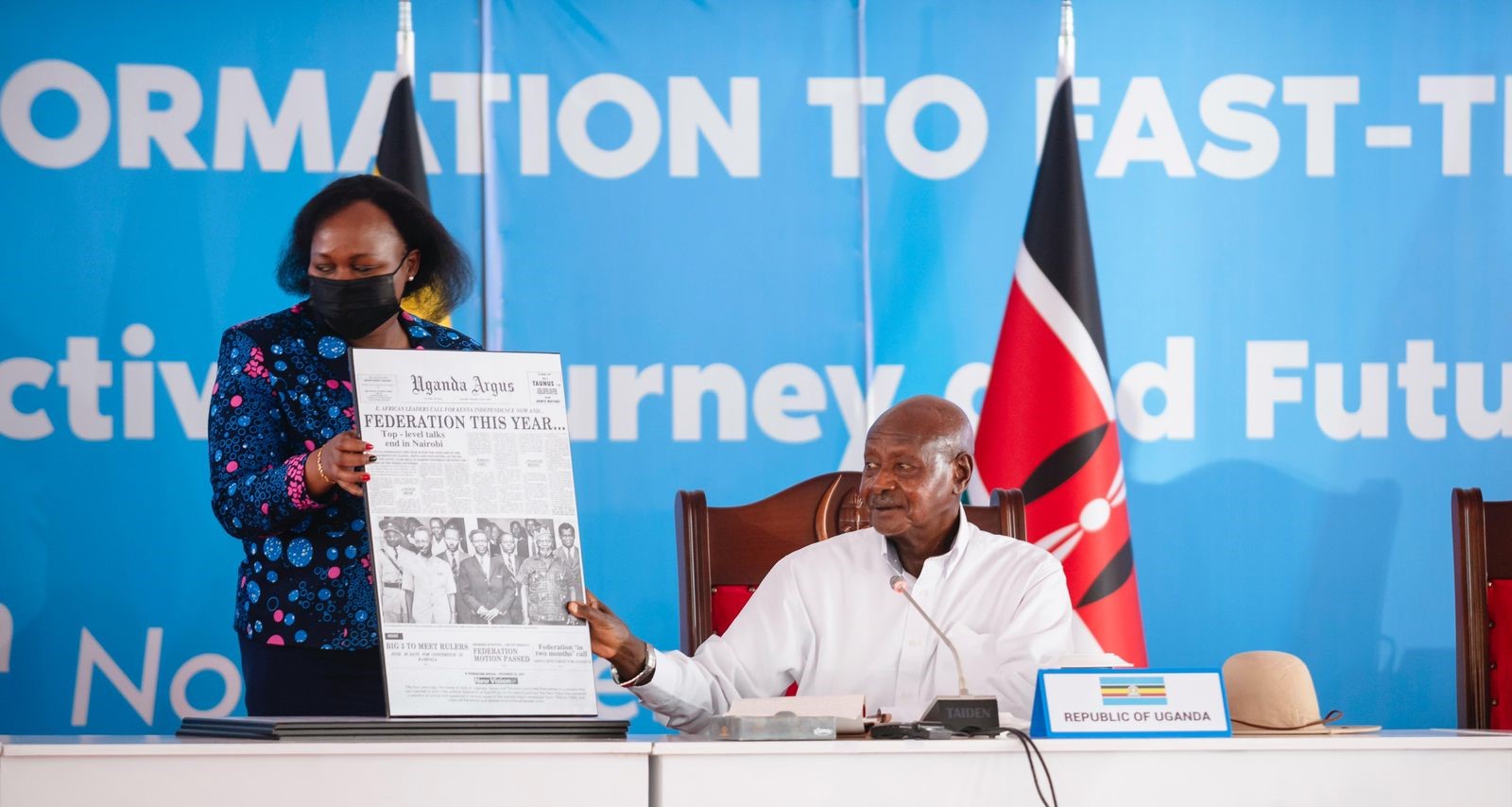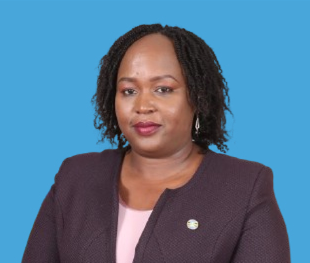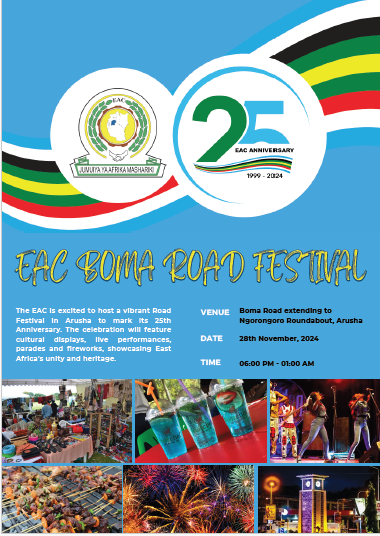
 About the 25th Anniversary
About the 25th Anniversary
 Integration Timeline
Integration Timeline
Read EAC Integration Timeline >
ABOUT THE EAC 25TH ANNIVERSARY
The Treaty for the Establishment of the East African Community (EAC) was signed on 30th November 1999 in Arusha, Tanzania, and came into force on 7th July 2000, following its ratification by the three original Partner States: the Republic of Kenya, the Republic of Uganda, and the United Republic of Tanzania.
Since then, the EAC Partner States have commemorated the 30th of November each year as EAC Day. Additionally, the East African Legislative Assembly passed the East African Community Holidays Bill in 2013, officially recognizing 30th November as EAC Day in the Partner States.
The EAC marked its 10th Anniversary in November 2009 and its 20th Anniversary in November 2019. On 30th November 2024, we will celebrate the 25th Anniversary of the establishment of the EAC, which has grown from three Partner States in 1999 to eight in 2024. The bloc expanded with the inclusion of the Republic of Burundi and the Republic of Rwanda (2007), the Republic of South Sudan (2016), the Democratic Republic of the Congo (2022), and the Federal Republic of Somalia (2024).
The theme for the EAC’s 25th Anniversary commemoration is: EAC@25: Promoting Trade, Sustainable Development, and Peace and Security for Improved Livelihoods.
The 25th Anniversary provides a perfect opportunity to reflect on the EAC's achievements, highlight challenges and chart the way forward for the integration process in East Africa.
TIMELINE OF EAC REGIONAL INTEGRATION
-
 Railway lines across Kenya, Uganda and Tanganyika open up the region for colonial development under the management of the East African Railways Cooperation.
Railway lines across Kenya, Uganda and Tanganyika open up the region for colonial development under the management of the East African Railways Cooperation. -
 Customs for goods destined for Uganda are collected at Mombasa port, and a full Customs Union comprising Kenya, Uganda and, later, Tanganyika is established in 1917.
Customs for goods destined for Uganda are collected at Mombasa port, and a full Customs Union comprising Kenya, Uganda and, later, Tanganyika is established in 1917. -
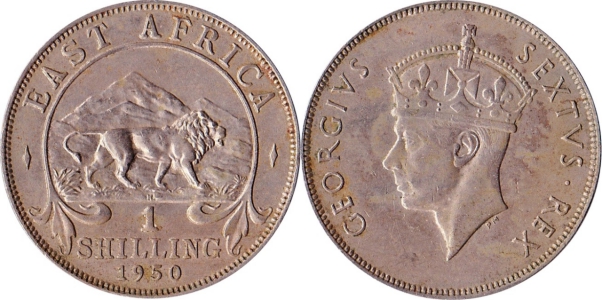 The East African Currency Board, the Postal Union, the Court of Appeal for Eastern Africa, the East African Governors’ Conference, the East African Income Tax Board and the Joint Economic Council are established.
The East African Currency Board, the Postal Union, the Court of Appeal for Eastern Africa, the East African Governors’ Conference, the East African Income Tax Board and the Joint Economic Council are established. -
 The East African Airways Corporation is incorporated. It covered not only the East African region, but operated across Africa, connecting also to Europe and India.
The East African Airways Corporation is incorporated. It covered not only the East African region, but operated across Africa, connecting also to Europe and India. -
 The East African High Commission (EACH) is the coordinating body to deal with a customs union, a common external tariff, currency and post- age; and also with common services in transport and communications, research and education.
The East African High Commission (EACH) is the coordinating body to deal with a customs union, a common external tariff, currency and post- age; and also with common services in transport and communications, research and education. -
 Following independence, the East African High Commission is replaced by the East African Common Services Organisation (EACSO), which many observers thought would lead to a political federation between the three territories. However, the new organisation suffered from a lack of joint planning and fiscal policy, separate political policies and Kenya’s dominant economic position.
Following independence, the East African High Commission is replaced by the East African Common Services Organisation (EACSO), which many observers thought would lead to a political federation between the three territories. However, the new organisation suffered from a lack of joint planning and fiscal policy, separate political policies and Kenya’s dominant economic position. -
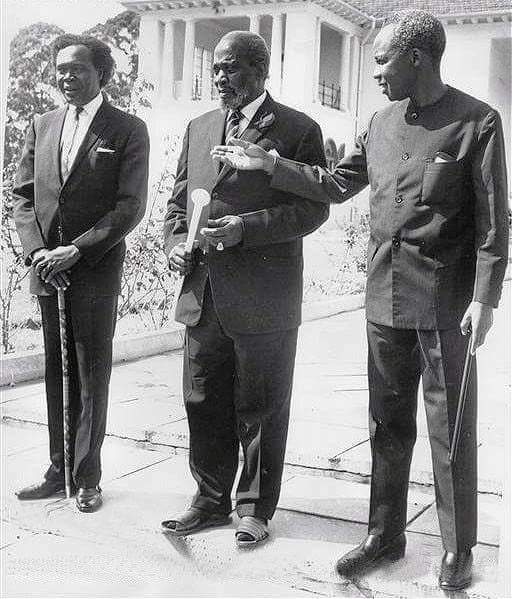 Signing of the ‘Treaty for East African Cooperation’ among Kenya, Uganda and Tanzania.
Signing of the ‘Treaty for East African Cooperation’ among Kenya, Uganda and Tanzania. -
Dissolution of the first East African Community.
-
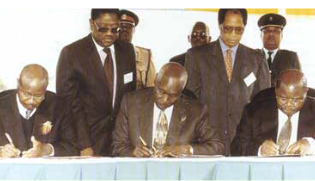 The Treaty for the Establishment of the East African Community was signed by the three Presidents of the Republic of Kenya, Republic of Uganda and the United Republic of Tanzania on 30th November, 1999. 30th November is recognized as EAC Day across the region.
The Treaty for the Establishment of the East African Community was signed by the three Presidents of the Republic of Kenya, Republic of Uganda and the United Republic of Tanzania on 30th November, 1999. 30th November is recognized as EAC Day across the region. -
 The Protocol for the establishment of the EAC Customs Union was signed on 1st July, 2005.
The Protocol for the establishment of the EAC Customs Union was signed on 1st July, 2005. -
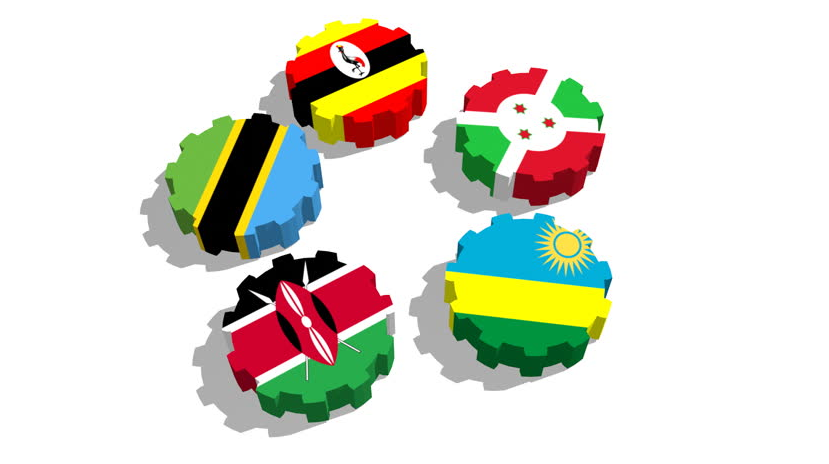 The Republic of Rwanda and the Republic of Burundi were admitted and became full members of EAC on 1st July, 2007.
The Republic of Rwanda and the Republic of Burundi were admitted and became full members of EAC on 1st July, 2007. -
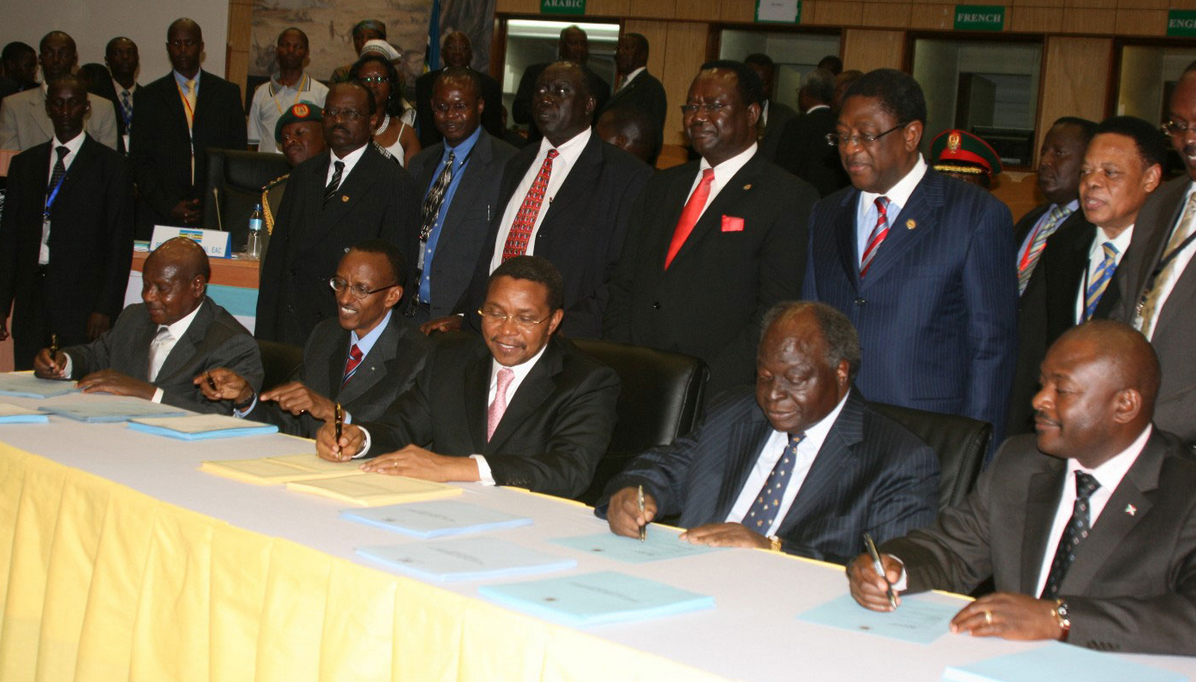 The EAC Common Market Protocol entered into force on 1st July, 2010, an expansion of the bloc’s existing Customs Union.
The EAC Common Market Protocol entered into force on 1st July, 2010, an expansion of the bloc’s existing Customs Union. -
 The East African Monetary Union (EAMU) is the third milestone of the EAC integration process. The EAMU Protocol was signed on 30th November, 2013 and set the groundwork for a monetary union within 10 years while allowing the EAC Partner States to progressively converge their currencies into a single currency in the Community.
The East African Monetary Union (EAMU) is the third milestone of the EAC integration process. The EAMU Protocol was signed on 30th November, 2013 and set the groundwork for a monetary union within 10 years while allowing the EAC Partner States to progressively converge their currencies into a single currency in the Community. -
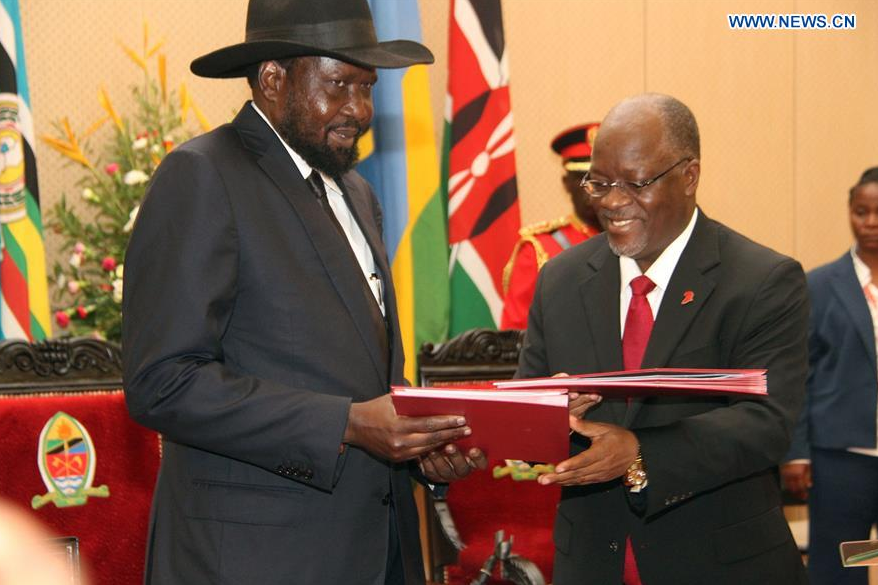 The Republic of South Sudan was admitted and became a full member of EAC on 5th September, 2016.
The Republic of South Sudan was admitted and became a full member of EAC on 5th September, 2016. -
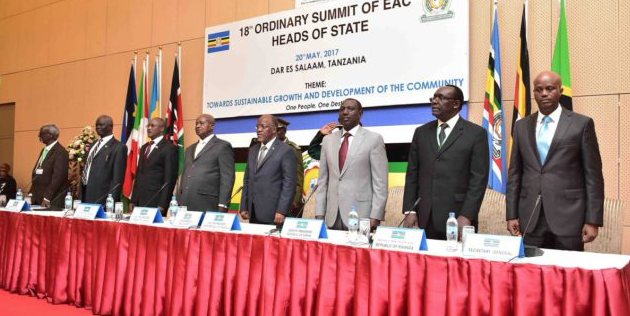 On 20th May, 2017, the EAC Heads of State adopted the Political Confederation as a transitional model of the East African Political Federation.
On 20th May, 2017, the EAC Heads of State adopted the Political Confederation as a transitional model of the East African Political Federation. -
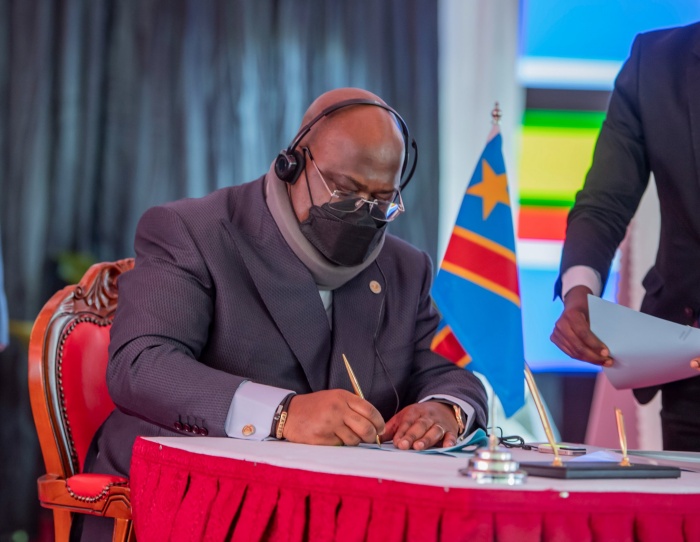 The Democratic Republic of the Congo (DRC), is admited to the EAC and becomes a full member on 11 July, 2022.
The Democratic Republic of the Congo (DRC), is admited to the EAC and becomes a full member on 11 July, 2022. -
 The Federal Republic of Somalia is admited to the EAC and aceedes to the EAC Treaty on 15 December, 2023.
The Federal Republic of Somalia is admited to the EAC and aceedes to the EAC Treaty on 15 December, 2023. -
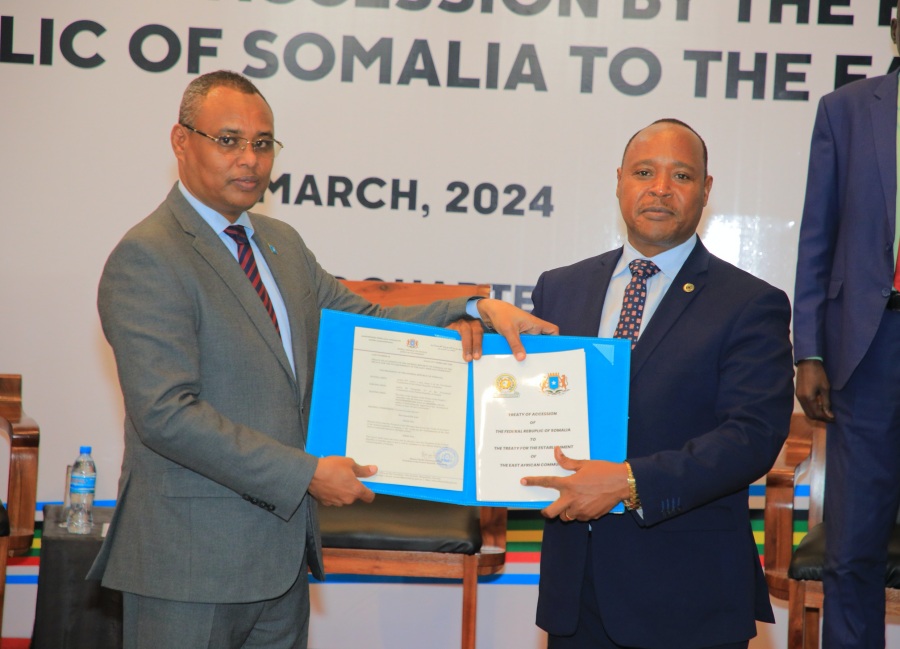 The Federal Republic of Somalia deposits her Instrument of Ratification of the EAC Treaty and becomes a full member of the Community on 4 March, 2024
The Federal Republic of Somalia deposits her Instrument of Ratification of the EAC Treaty and becomes a full member of the Community on 4 March, 2024
EAC 25thAnniversary Activities
EAC Boma Road Festival
High-Level Side Event
24th Ordinary Summit
EAC Integration Milestones
Over the past 25 years, the East African Community has achieved remarkable milestones that have strengthened regional integration and fostered socio-economic growth across the Partner States.
Customs union
The Customs Union has over this period been transformed into a Single Customs Territory with the Common External Tariff being raised to 35% as part of efforts to promote the growth of local industries and in the same breath increase the region’s share of international trade.
Intra-regional trade within the East African Community (EAC) is on an upward trajectory, standing at US$10.17 billion in September 2022. The intra-EAC trade, accounting for imports and exports in the seven (7) EAC Partner States, grew from 13% in 2019 at a value of US$7.1 billion to 15 % in 2021 at a value of US$9.5 billion. By September 2022, the EAC trade value was recorded at US$10.17 billion representing a 20% share of Intra-trade to global trade.
This increase in intra-regional trade is due to the political goodwill among the members of the Summit who have held high-level discussions on a regular basis to eliminate many Non-Tariff Barriers (NTBs) hampering cross-border trade in East Africa.
Read MoreCommon Market
Over the years, we have seen the EAC Common Market stretch from the Indian to the Atlantic Ocean and increased opportunities for the private sector, the engine of economic growth in the bloc.
The East African Community (EAC) Common Market, launched in 2010, has been instrumental in deepening regional integration, facilitating trade, and driving economic development across the East African region. By promoting the free movement of goods, services, people, and capital, the EAC Common Market aims to create a single regional economic space where the economies of the member states can grow in a more integrated, efficient, and inclusive manner.
Read MoreMonetary Union
On the East African Monetary Union (EAMU), the region is edging closer to the establishment of a single currency that will ease intra-regional trade and transactions across East Africa.
The East African Monetary Institute is already in place with three (3) more institutions as envisaged in the EAMU Protocol also at advanced stages of establishment. This will ensure that we have the single currency in place by the year 2031.
A single currency will facilitate seamless trade across national borders and boost trade volumes with the benefits trickling down to the ordinary people as has happened in more advanced regional economic communities.
Read MorePolitical Federation
Under the Political Federation, the bloc has also made steady progress with the Committee of Experts tasked with drafting the Constitution for the EAC Political Federation having so far concluded consultations with stakeholders in the Republics of Burundi, Uganda and Kenya.
We look forward to expediting these consultations with the remaining Partner States by 30th June, 2025 as desired by the Summit.
Read MoreEAC SILVER JUBILEE CELEBRATIONS GALLERY
